WELCOME TO THE


Well-known as a fantastic light tackle sportsfish, tailor are a popular species which can be found in large schools and are often willing to eat a fast-moving lure, making them extremely fun for all ages. Not only do tailor put up a good fight, but they also make a delicious meal when caught fresh.
Measuring up to 80cm in length, tailor can be found along both the East and West coasts of Australia, with beaches, rocky headlands, and estuaries all offering excellent opportunities for targeting these fish. The best times for catching tailor are typically during sunrise and sunset, and with some luck and strategic placement, you could be reeling in a fish with every cast.
In this episode, Guesty teams up with Holly Brown where they head out in the tinnie and target a feisty school of tailor.
Tailor have razor sharp teeth, so keep your fingers away from their mouth and always use a pair of pliers to remove your lure.
An energetic fish, tailor are always on the move. Keep your lure moving as if it’s a baitfish trying to escape the area.
Heavier leaders are needed for these toothy critters. 20 to 30lb fluorocarbon will generally do the job.
Tailor react well to a surface lures worked quickly across the surface. Try a 120mm Pro-Tech Bender or 85mm Pro-Tech Slurp.
Keep an eye out for feeding seagulls and terns they’re a great indicator that tailor are feeding below.
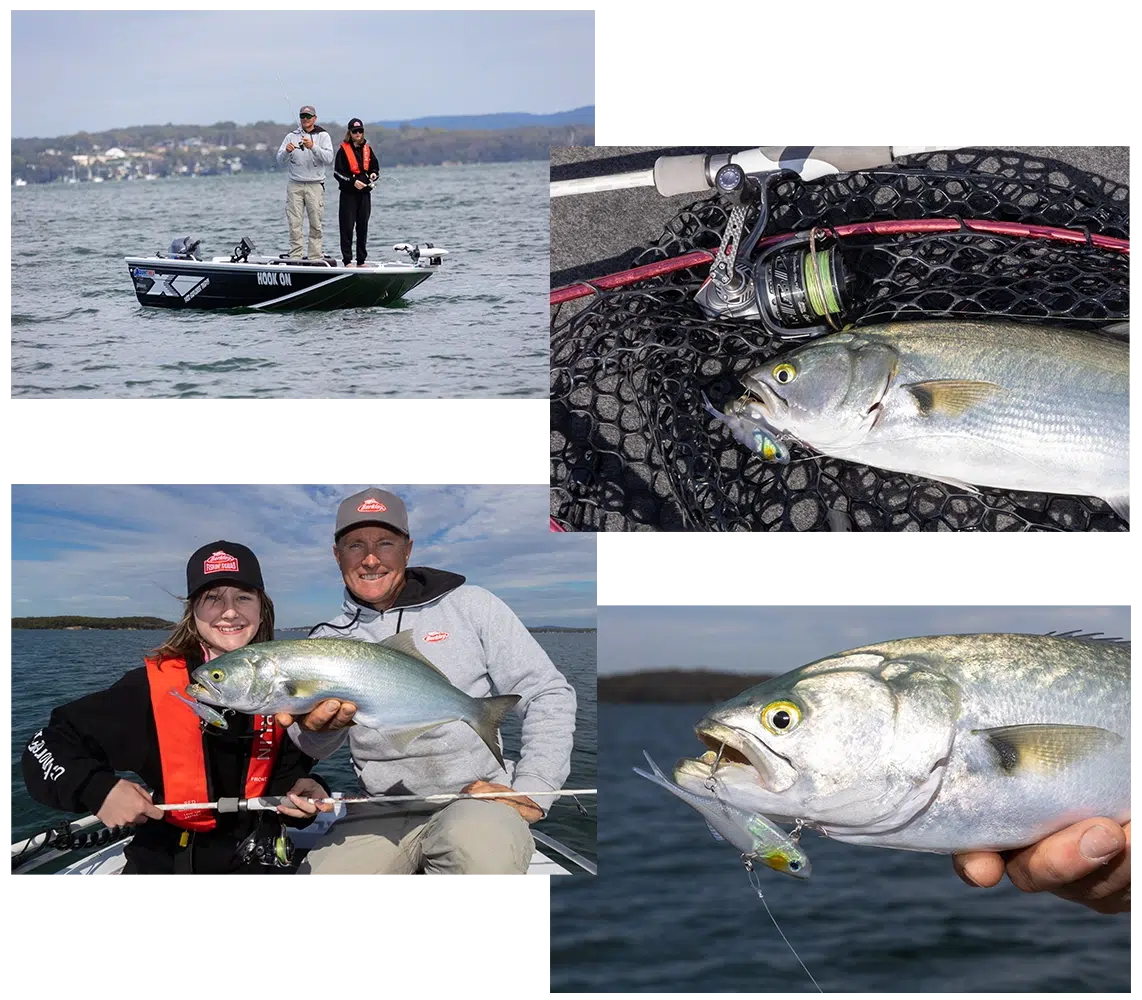
As one of the top picks among estuary fish, whiting are a must-try for any light tackle enthusiast. These feisty fighters are not only easy to access, but they also make for a delicious meal when paired with a side of crispy chips.
While whiting can grow up to 45cm in length, the most caught size, ranges from 20cm to 35cm. Any catch over 35cm is considered exceptional. Although many anglers swear by freshly pumped yabbies from the sand flats as the ultimate bait for whiting, it can be a time-consuming process. Additionally, dealing with pesky pickers can make the experience less enjoyable.
Fortunately, there is a solution for consistently catching large whiting without all the hassle – lures, specifically surface lures. In this episode, Guesty and Riley team up to demonstrate how to target whiting on the flats using small poppers and ‘walk the dog’ style lures. Along the way, they share their expertise on surface fishing for whiting, making it easy for anyone to try.
Choose a light rod, reel, and line combo. My ideal rod for whiting is about 7ft in length and has a 2-4kg line rating. I will run 6lb braid and a rod length of 6lb monofilament leader.
Cast as far as you can and work the lure back with a twitching /popping action.
Always keep the lure moving during the retrieve. If you have whiting following your lure and you stop it, they will lose interest and turn away.
Catching whiting on surface lures is best in the warmer months when prawns and yabbies are active.
Try a using a Pro-Tech Prawn Walker or a Pro-Tech Slurp with a smear of gulp gel for extra flavour.
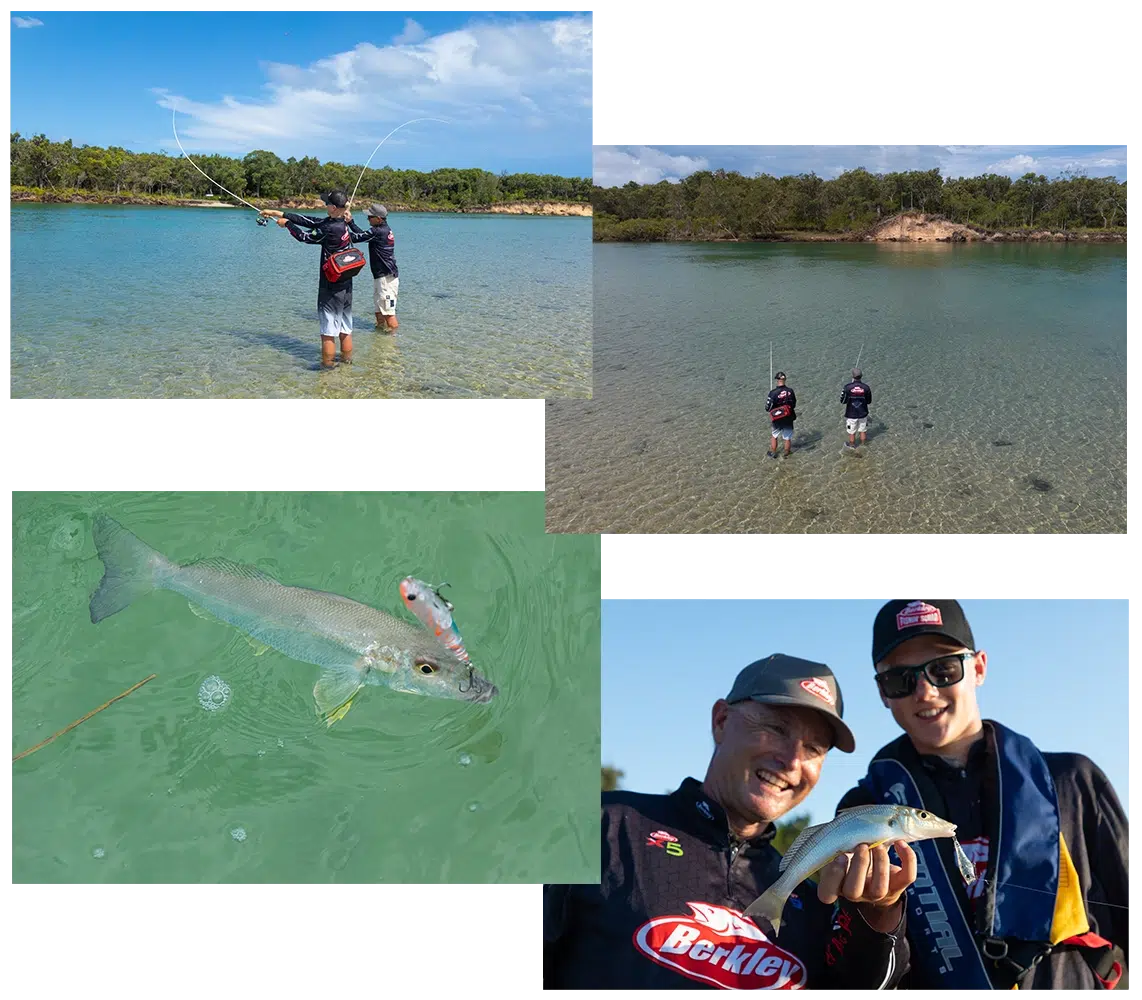
A fantastic sports fish, Australian Salmon are known to school up in large numbers and raid baitfish populations using a pack attack approach. Full of muscle, Australian salmon fight hard and will readily take a variety or lures off the surface or below. Matching the hatch is key for tempting these sometimes-fussy eaters, and often downsizing your lure does the trick. In this episode, Guesty is joined by Andrew and together they set off to target Australian salmon using a variety of lures, sharing their tip and tricks along the way.
Salmon fight hard! Make sure your drag is set and ready for that first fast run.
Salmon feed on super small baitfish at times, so match the hatch and try choosing a lure that’s the same size.
Speed is often the key. Work your lure fast for a better chance at them reacting to it.
Once hooked, they leap out of the water. Don’t pull back on the rod when this happens, instead keep your rod down low and they’ll be less likely to throw the hooks.
Focus your fishing around low light periods as that’s when salmon tend to be most active and less likely to spook as you approach them.
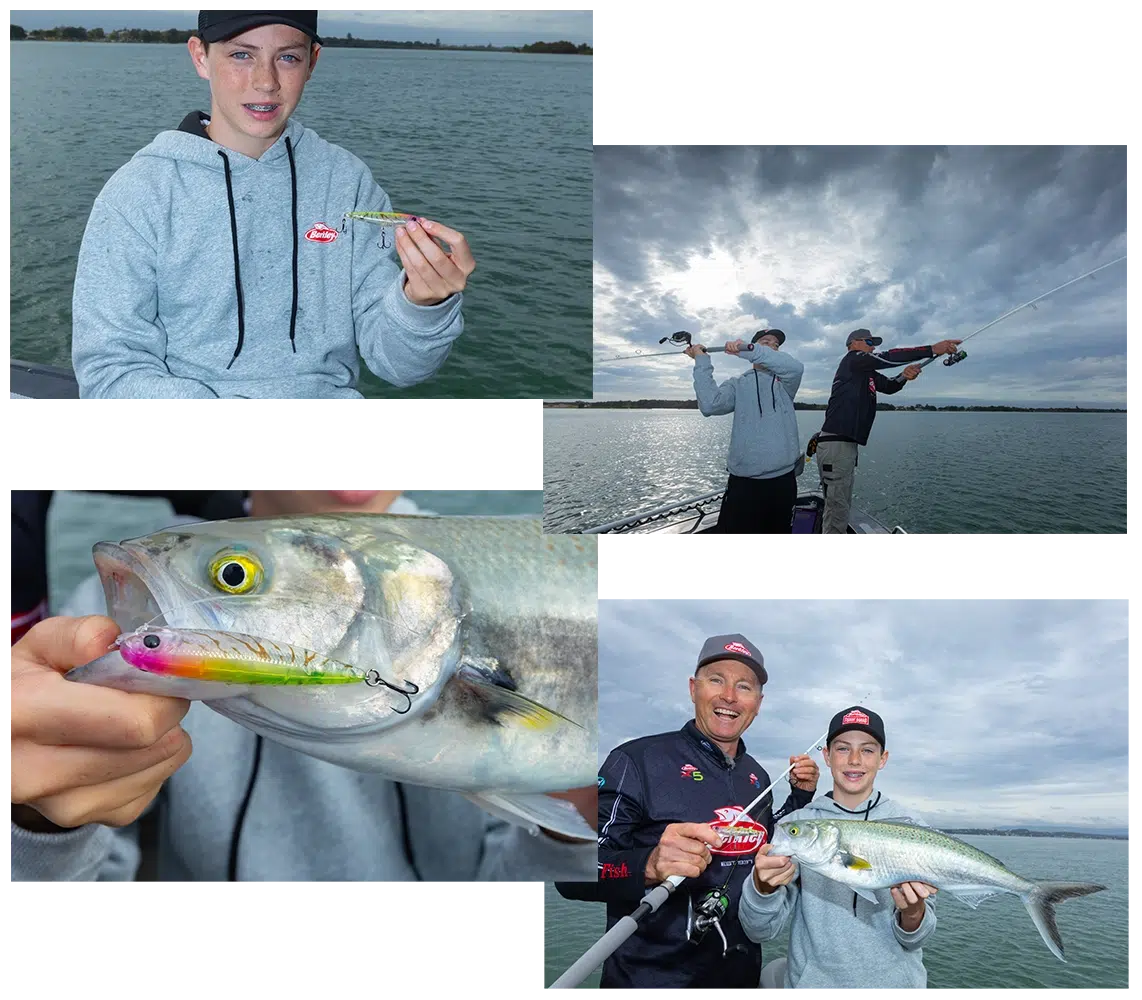
Fresh air, crystal clear mountain streams and a hive of activity, it’s all part of the freshwater trout fishing experience and one you need to participate in to really appreciate.
Trout are an introduced species in Australia, however there are wild populations with many variants on offer such as brown trout, rainbow trout & brook trout. A trout larger than 60cm is considered an exceptional catch, and you’ll know all about it when you hook one. Trout fishing if often very visual, you’ll likely see the fish before you hook it. Once hooked, they leap out of the water multiple times trying to throw the hooks.
In this episode, Guesty heads for the hills in NSW to team up with young gun, Stella to see what they can find throwing around their favourite Berkley lures.
Trout have great eyesight. Remember to move slowly and quietly as you approach the section you plan to fish.
You’ll get more bites using light fluorocarbon leader which is almost invisible in the water.
Trout face into the current waiting for their food to be washed down. Cast your lure upstream and work it back with the water flow.
Trout are slippery and hard to hold, try making a ring grip with your thump and first finger just in front of the tail.
Trout can be hard to see and blend in well with the bottom, Try using polarized sunglasses to spot them before making a cast.

Australian bass are one of those species that can easily get a lure angler over excited. The morning & afternoon topwater sessions, the floating down pristine creeks and rivers & the multiple fish sessions just to name a few.
Australian Bass are an addictive species to chase on lures and can be targeted using many different techniques and lure styles. With 50cm being regarded as the trophy length, bass of any size is worth fishing for in our books.
Join us on this episode as Guesty teams up with Tulli to cast lures around a freshwater creek in search of Australian Bass. Using a mix of soft plastic and hardbody lures, they explain what to look for when chasing bass and what lures to use in different parts of the river to help you catch more bass.
When the sun is high, bass will hide in the shade. Concentrate your fishing in the shadows.
Cast as close as you can to structure such as boulders & fallen or overhanging trees.
Bass have great eyesight and spook easily, so approach your spot nice and quietly.
Look to use small surface lures in the warmer months and when there are insects about.
Bass love to sit in deep holes below running water, be sure to put in a few extra casts if you come across a small rapid.

Popular for their ability to fight hard and their delicious taste, snapper are a favourite amongst inshore anglers, especially during the winter months. Snapper are easily accessible by anglers with small trailer boats and in some cases land based anglers too. Most targeted in water depths ranging from 10m to 80m, snapper will take a range of offerings from fresh bait through to a well-presented soft bait such as Gulp! Snapper are commonly caught between 30cm & 80cm, however some anglers have been lucky to land snapper well over 90cm and nudging the 1m mark. Fish of this size will test your tackle, so be sure to check your knots and be ready to hang on! In this episode Guesty heads out with Jesse for an early start and shares the tips and techniques he uses to catch more snapper using Gulp! soft baits.
Snapper are timid fish. Try to keep the noise down and don’t drive directly over where you plan to fish, instead drift towards it with your motor off.
It’s important to rig your soft bait straight so it sinks through the water column naturally.
Choose a jig head with just enough weight to let your lure slowly sink. Aim for a sink rate of around 2 seconds per metre.
Cast as far as you can away from the boat in the direction you’re drifting, click your reel into gear and be ready for a bite as the lure sinks.
Snapper have tough mouths, when you get a bite, strike hard and set the hook! Once hooked, pump and wind, that’s when the fun begins.
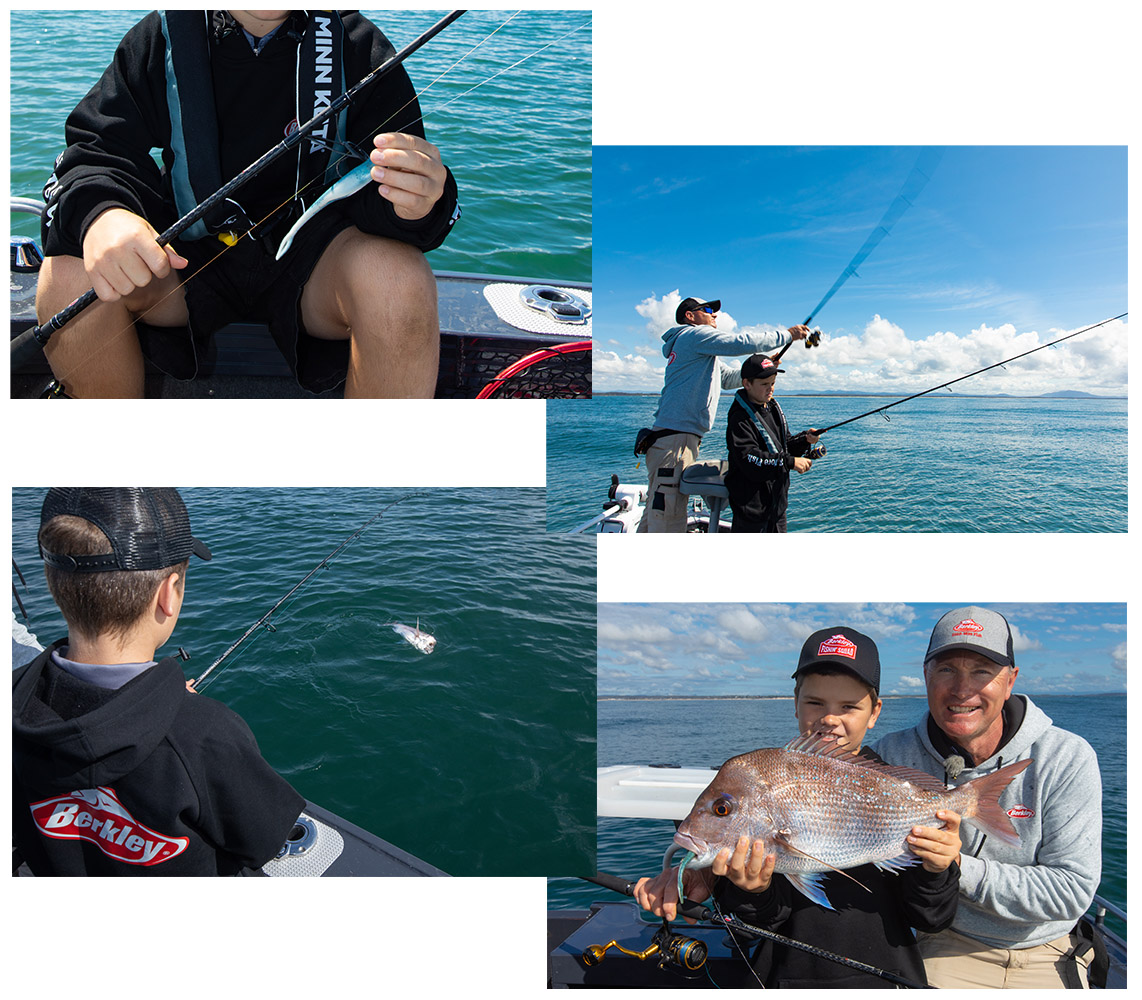
Yellowfin bream are one of the most prolific species to inhabit the waters of Australia. It’s no wonder they’re a favourite among anglers of all ages and experience levels. In fact, many budding anglers begin their fishing career by catching bream on small strips of bait, but the real fun begins when targeting them using lures. In this episode, Fishin’ Squad member Jayden joins Guesty to provide an overview of the basics of successfully chasing these fish with lures.
Bream have great eyesight so use a light fluorocarbon leader.
Bream are a wary fish and can spook easily so try to keep the noise down when approaching your spot.
Use a loop knot when tying your leader to your lure as it allows it to move more freely and swim more natural in the water.
It’s super important to pause your lure during the retrieve, bream will often strike best when the lure is stationary.
Bream have an amazing sense of smell. Adding scent such as Gulp! Gel can make all the difference for getting a bite.

One of the most stunning freshwater fish you’ll ever lay eyes on, Murray cod are native to Australia, grow to extreme sizes and can be caught on a variety of lures that work on and below the surface.
Murray cod are excellent ambush predators that will use logs, rocks, overhanging branches and undercut banks to sit and hide behind, waiting for food to swim by. It’s at this point that their short but explosive attack will be experienced by an angler who can place a lure near any of these structures. They have a large mouth and aren’t scared to eat a large offering and it’s to no surprise that their natural diet consists of fish, yabbies, shrimp, frogs, turtles, water birds, lizards, mice and even snakes – talk about a greedy guts!
In this video, Guesty is joined by Fishin’ Squad member, Tully where together they set foot along a skinny river system in the New England area casting their favourite Berkley lures, sharing their tips and tricks along the way to help you catch more Murray Cod.
Murray cod love lures with lots of action, especially ones that work at a slow speed; don’t wind your lure too fast.
If you find a good spot and you think a cod lives there; ie, a sunken log or rocky boulder, put several casts into the same spot as sometimes you need to wake the cod up before they’ll eat.
The best times are often early morning and late afternoon. This is usually when Murray cod are most active.
If you’re fishing with a surface lure, it can pay to pause your retrieve every now and then, especially near structure.
Different coloured lures will work on different days. Generally brighter coloured lures work in dirty water and more natural-coloured lures in clear water.

One of the most sought-after saltwater fish in Australian waters is the humble flathead and for many good reasons. They’re accessible for just about anyone living or visiting an area where there’s saltwater and at times, they can be easy to catch! Flathead are often found in estuaries and coastal bays with sand, mud, gravel and seagrass a likely hideout. Flathead are often caught between 25-55cm, but can grow bigger than a whopping 100cm in length. Flathead put up a great fight and can be found in good numbers.
In this video, Guesty is joined by Fishin’ Squad member, Jack where together they walk sand flats casting their favourite Berkley lures into likely areas, sharing their tips and tricks along the way to help you catch more flathead.
Flathead love to hang around drop-offs, weed beds and rocks. Cast along the edge of these areas to increase your chances.
Flathead sit on the bottom, so it’s important to match your jig head size with your favourite soft bait so that it hits bottom with each cast.
Give your lure plenty of action by twitching the rod tip to make the soft bait come to life, then allow it to hit the bottom again.
As the old saying goes ‘match the hatch’. If you notice prawns in the water, using a prawn shaped plastic is a great place to start.
When you get a bite, strike to set the hook as flathead have hard mouths.
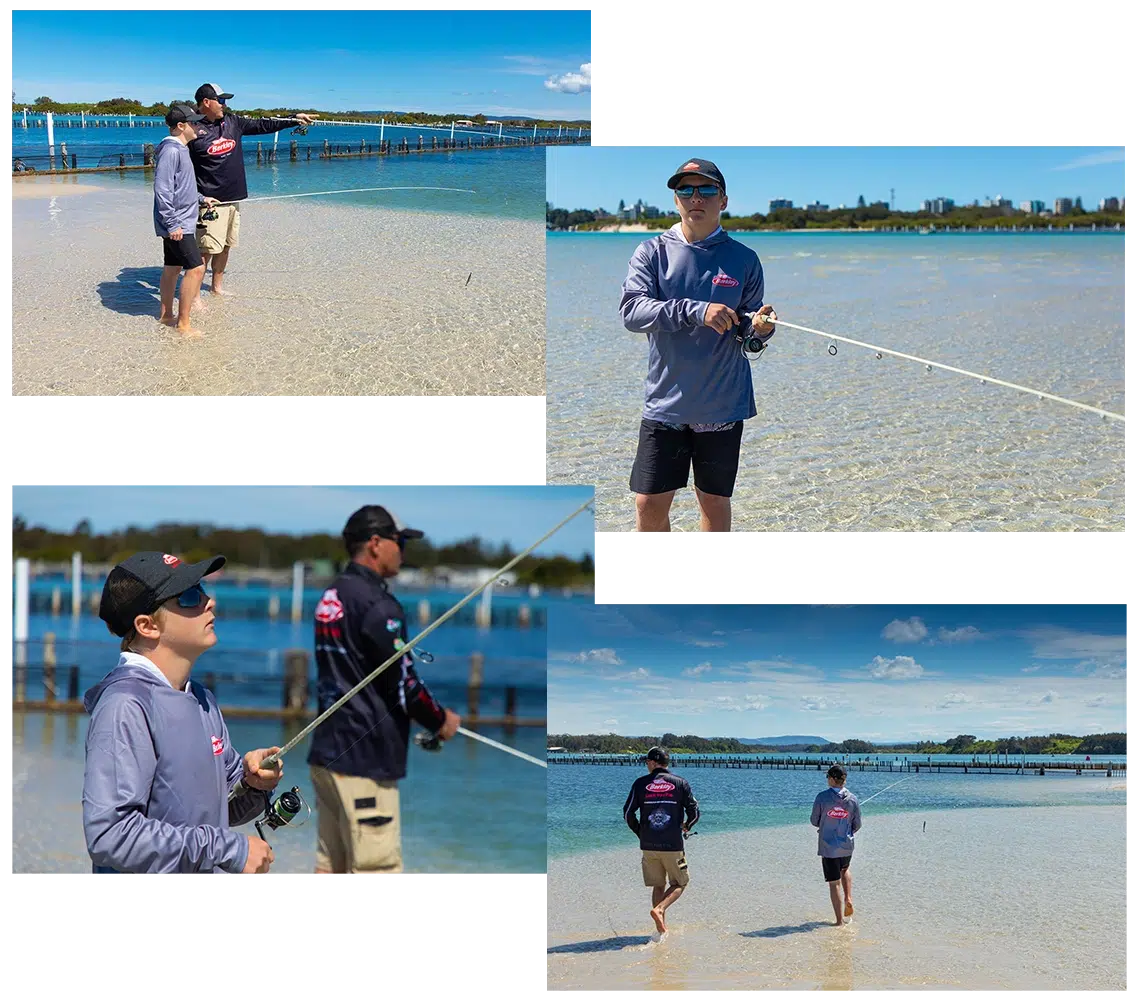
Berkley welcomes all anglers under the age of 17 to join the fun and be part of an exciting community of like-minded enthusiasts. With competitions and a chance to join the 2024 Berkley Pro Team, this is a great opportunity for any junior to take their fishing to the next level.



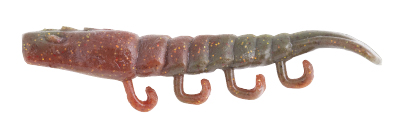


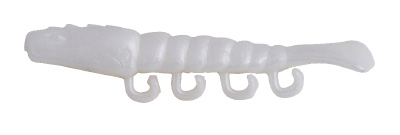
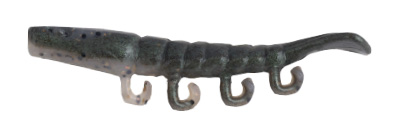
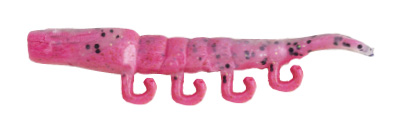
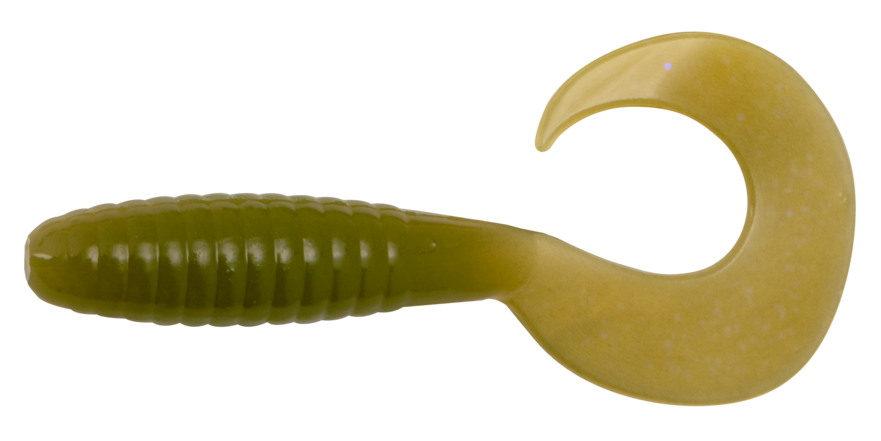

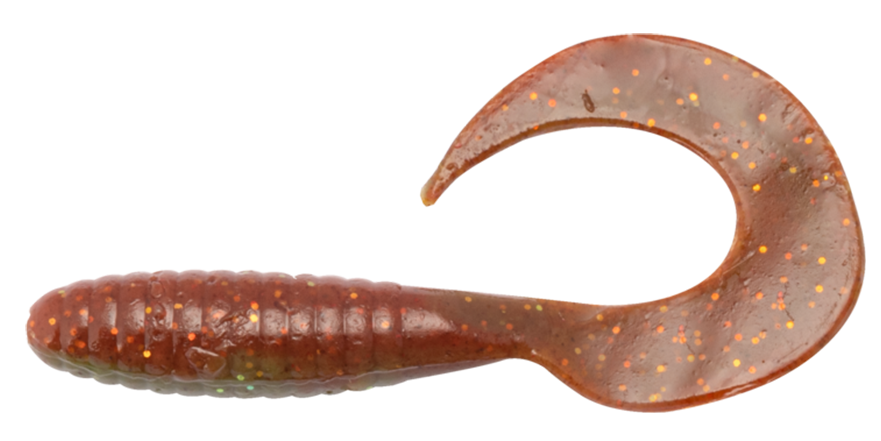
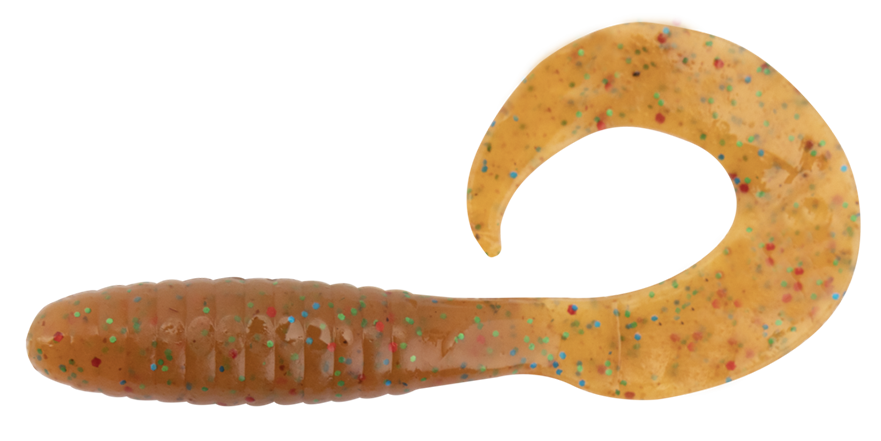
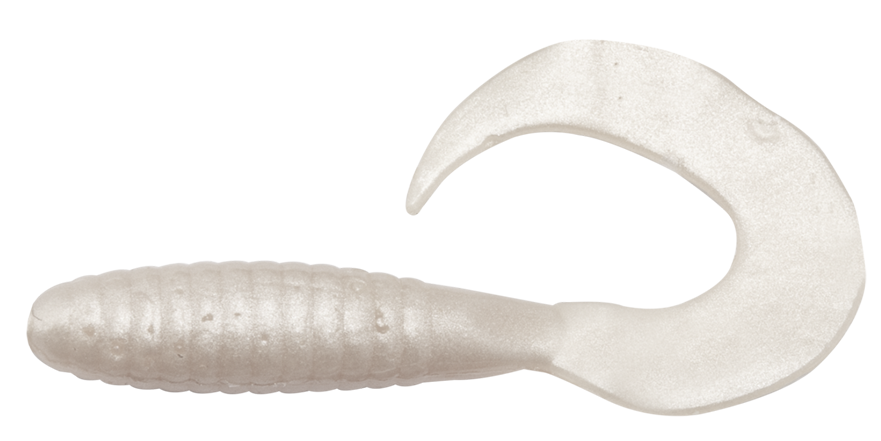
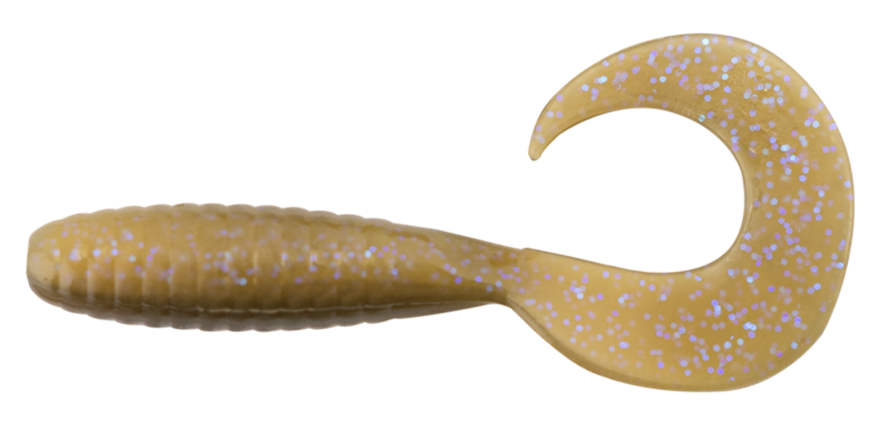
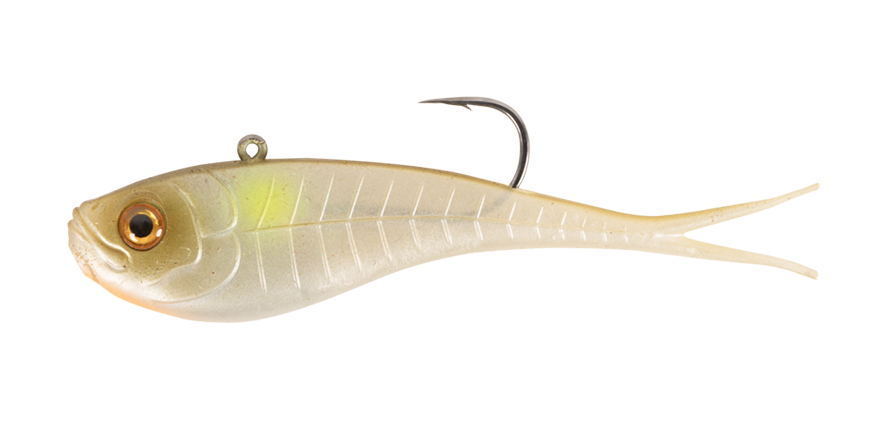
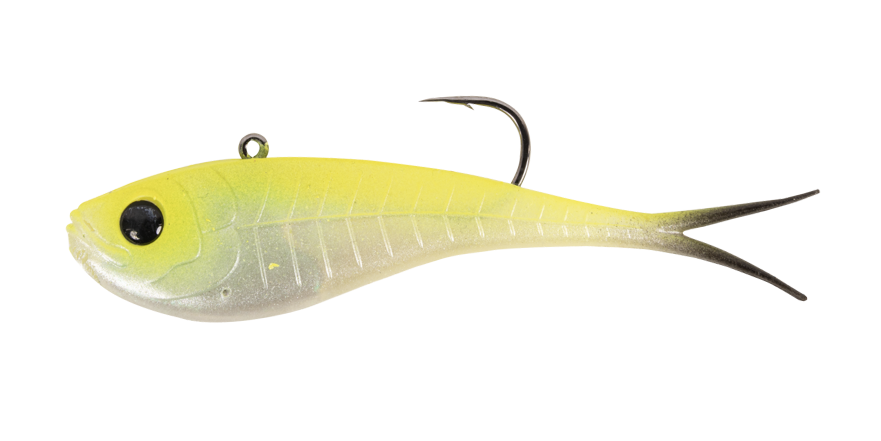
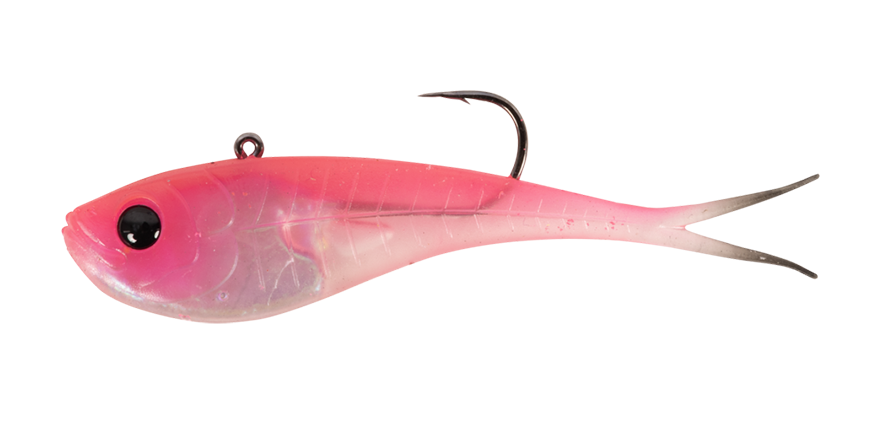


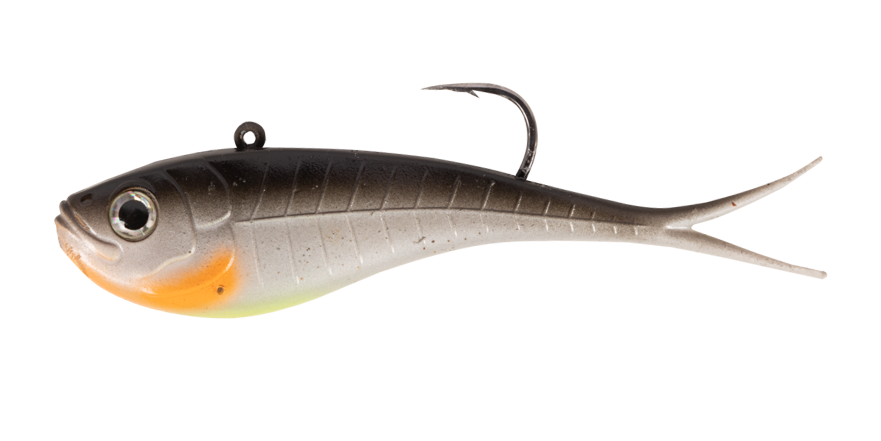
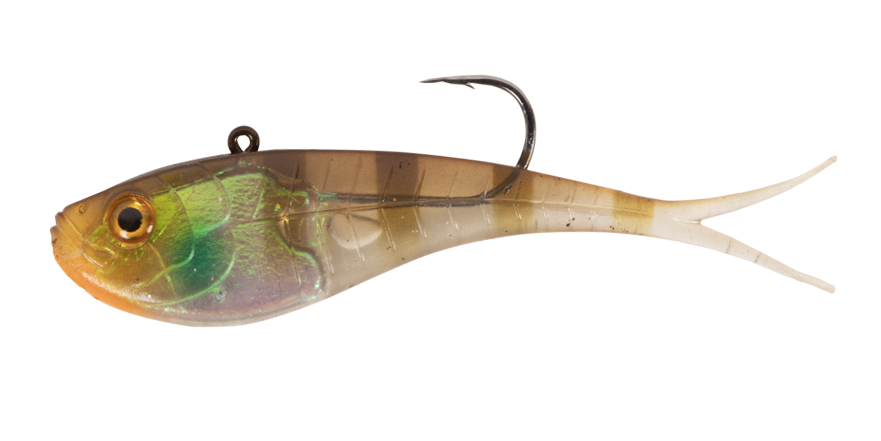
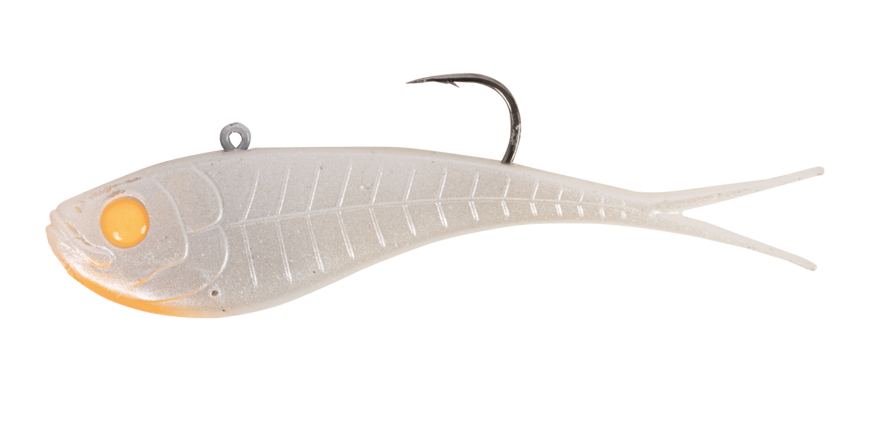
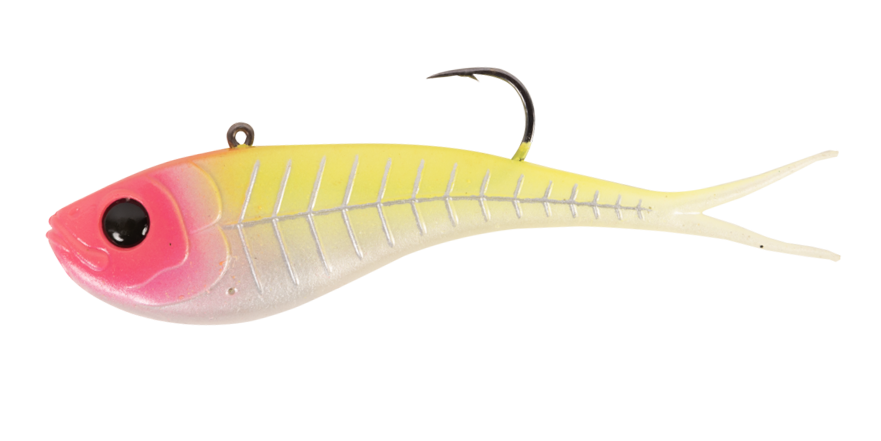

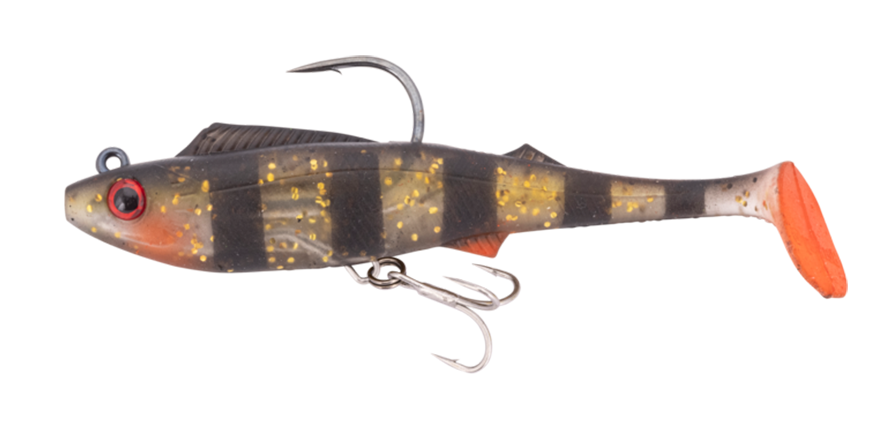
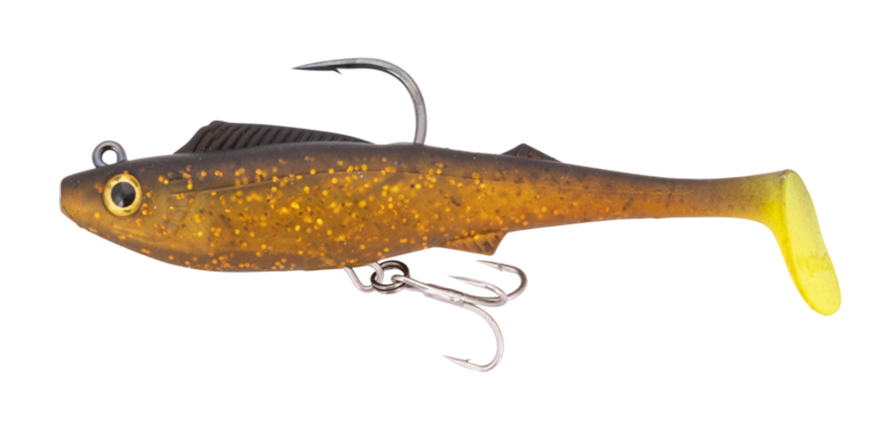
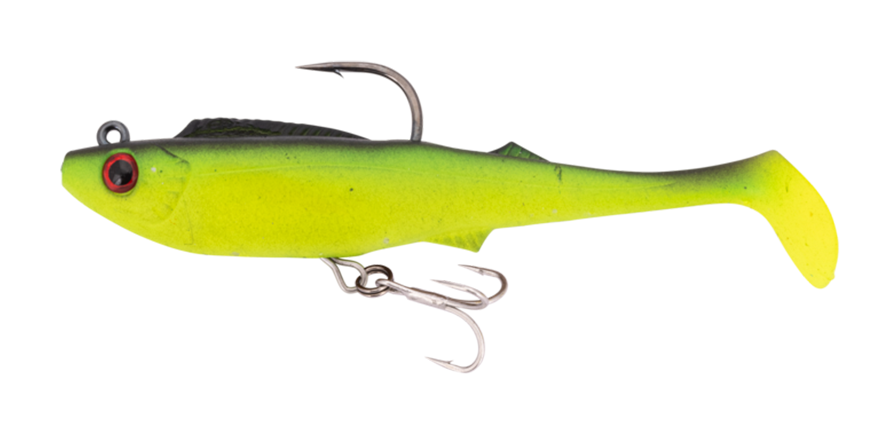
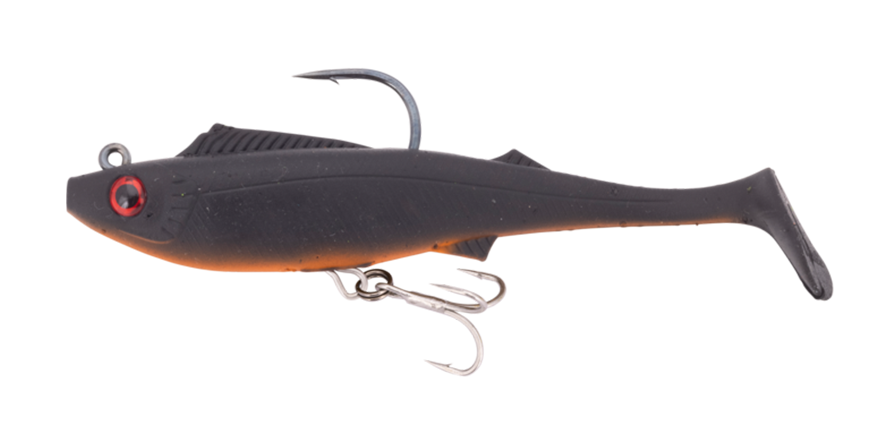
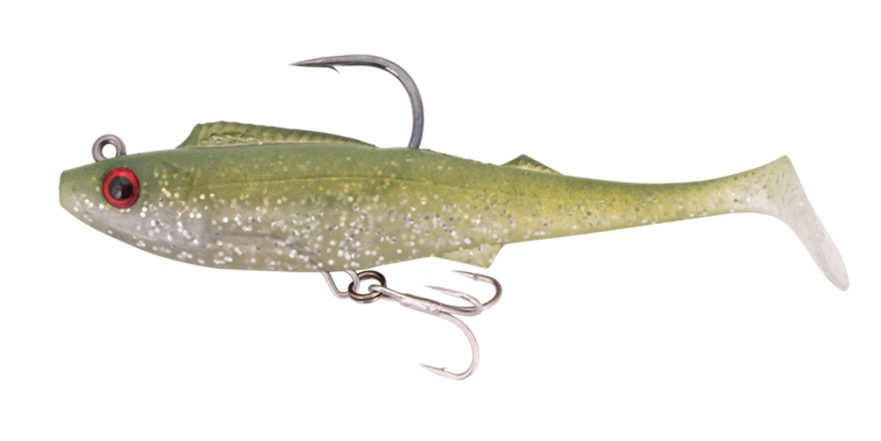
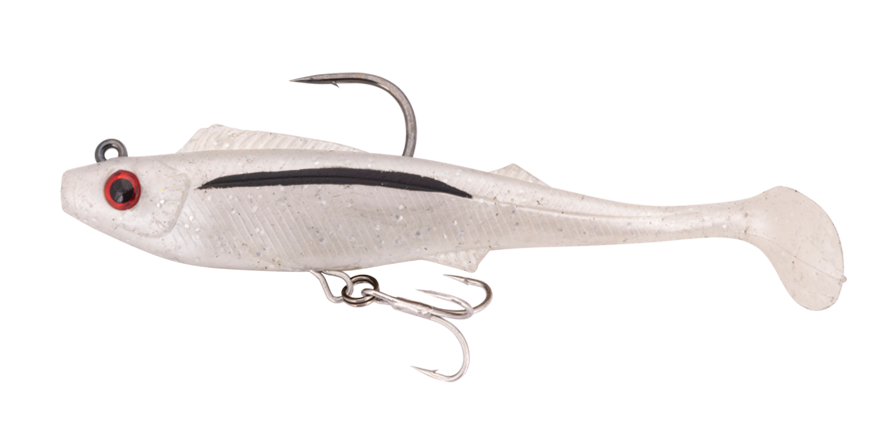
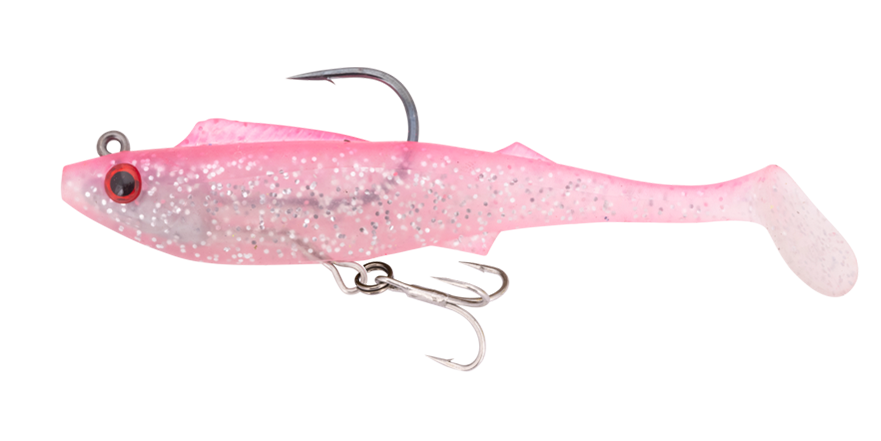
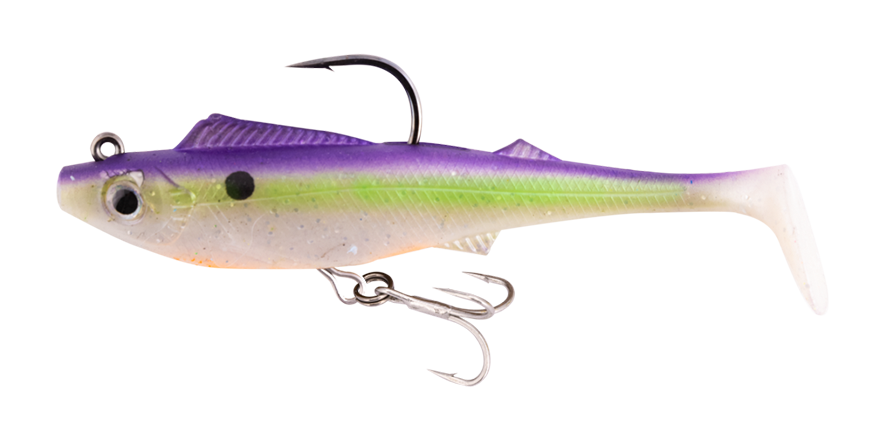
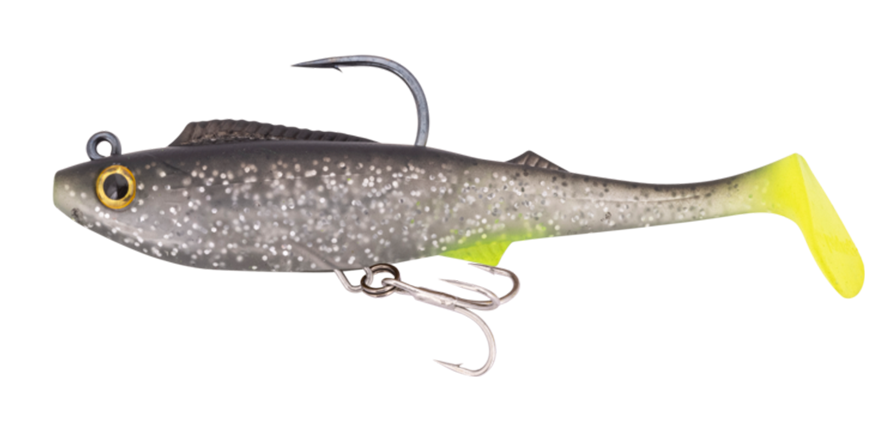
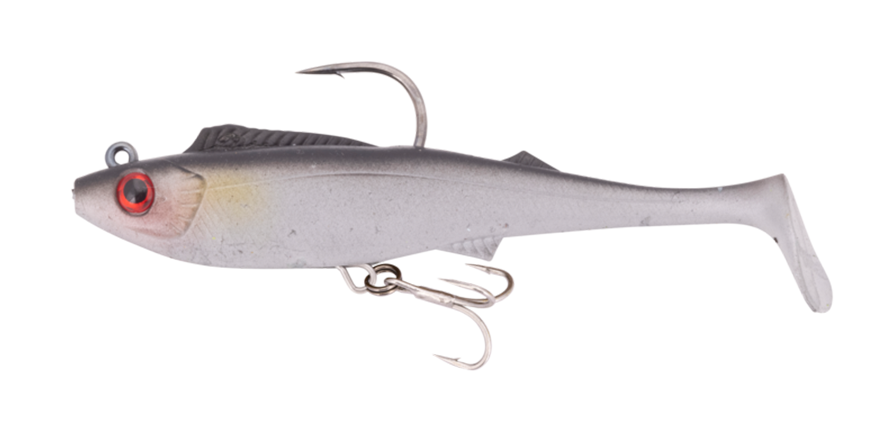
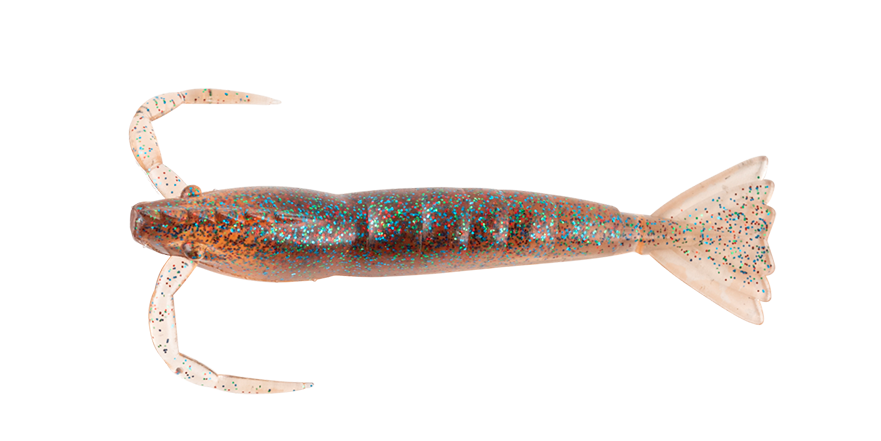

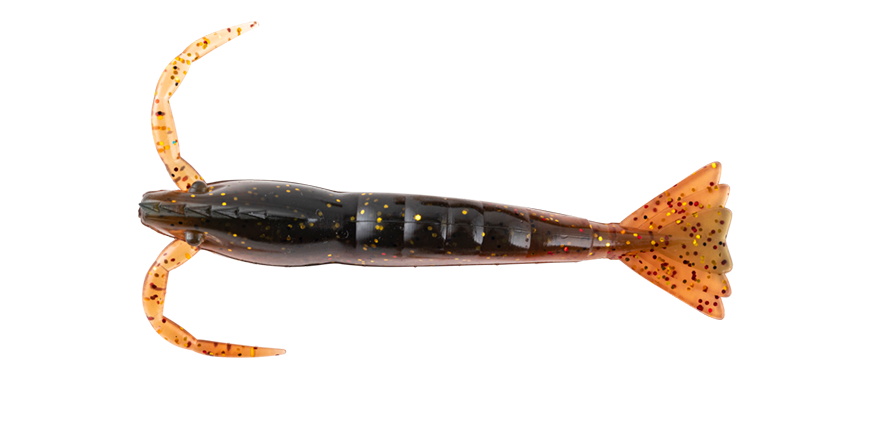
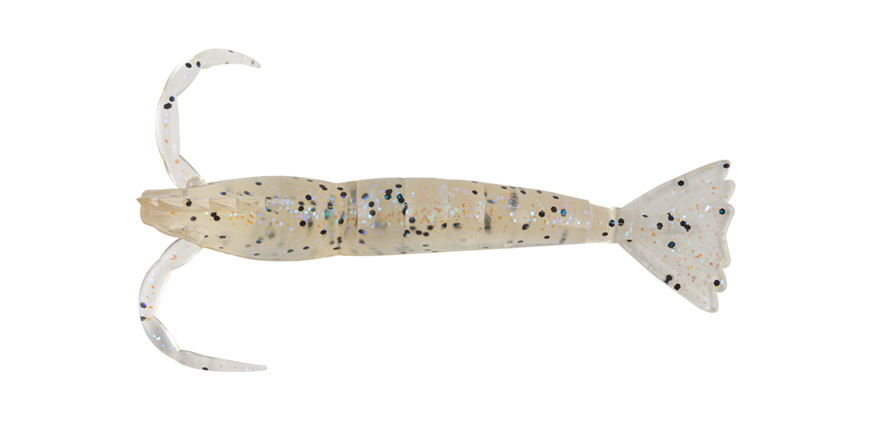
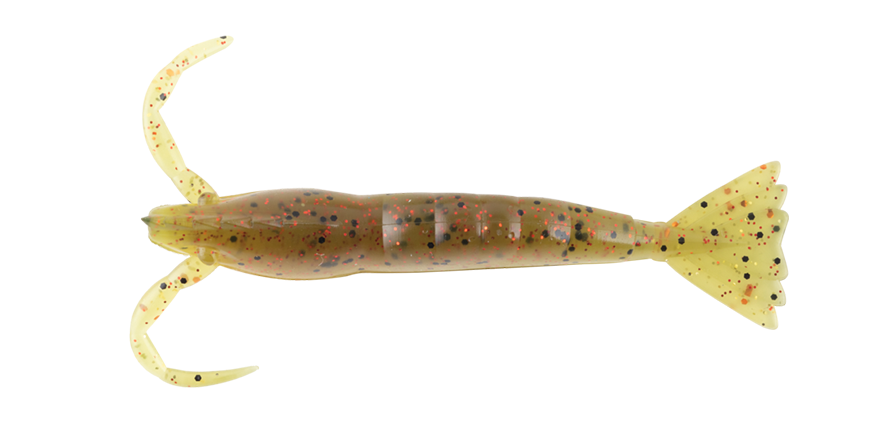
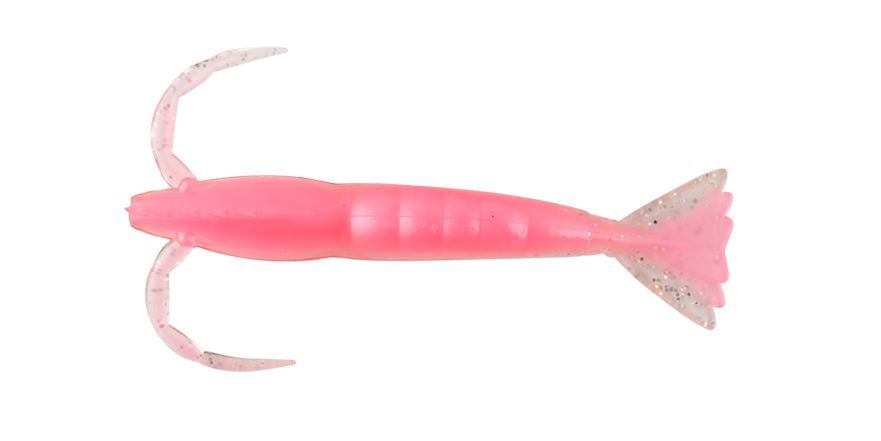

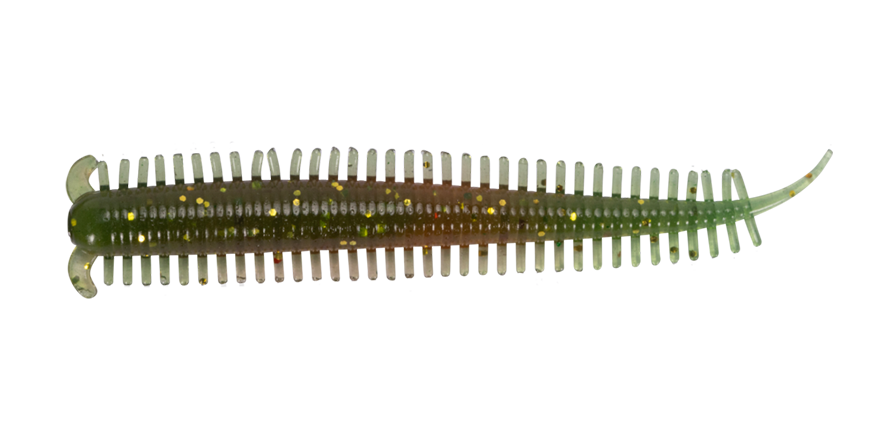
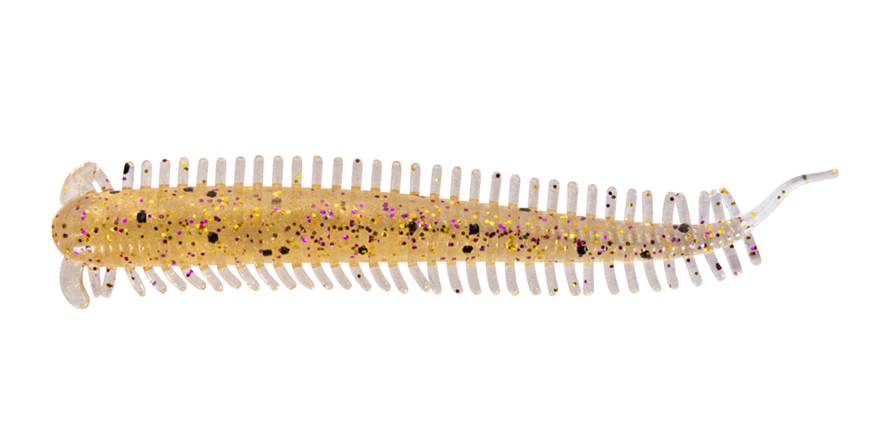
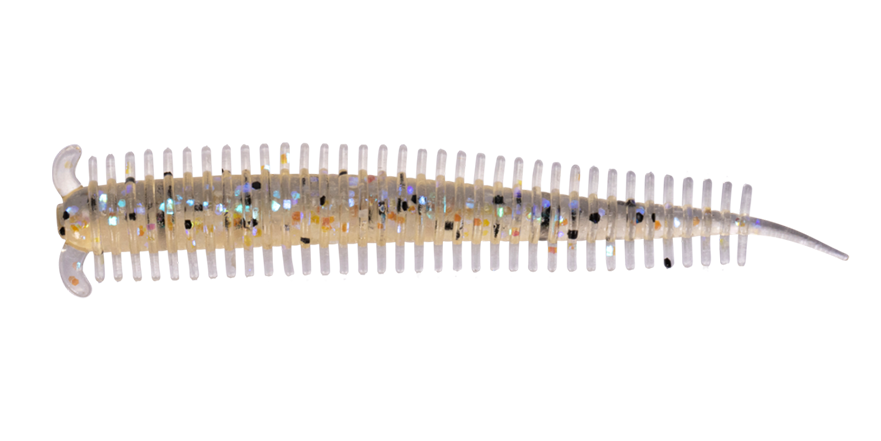
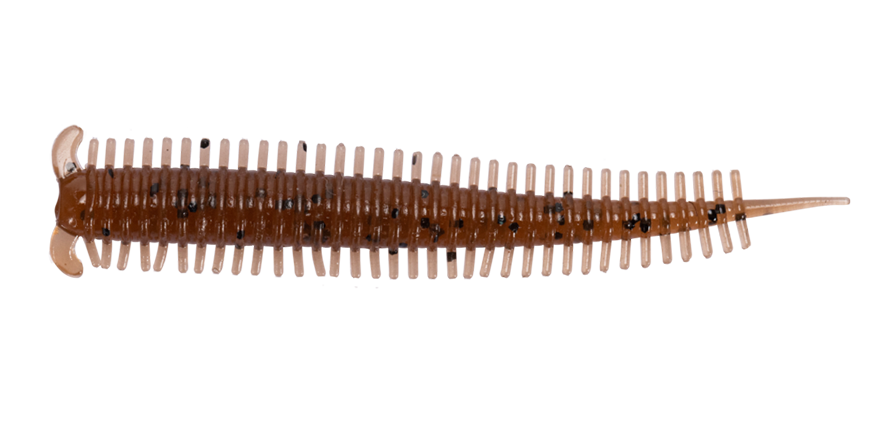

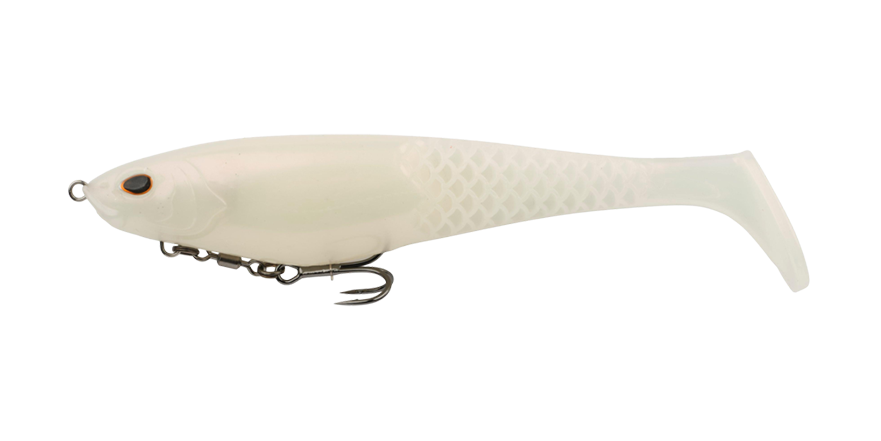
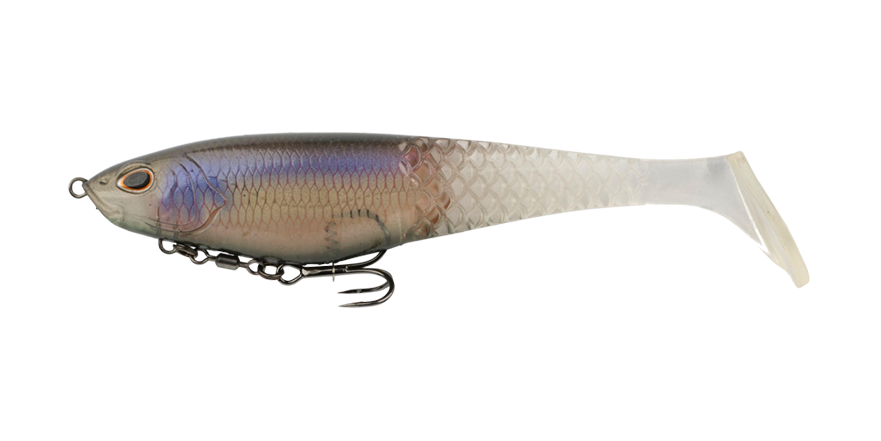
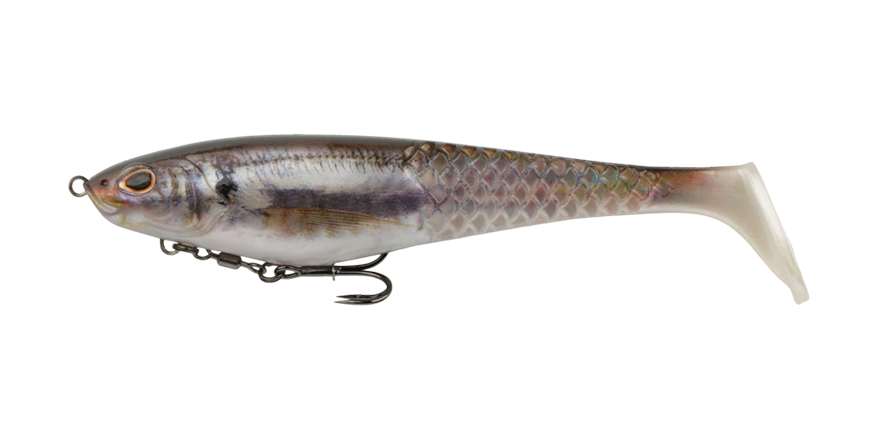

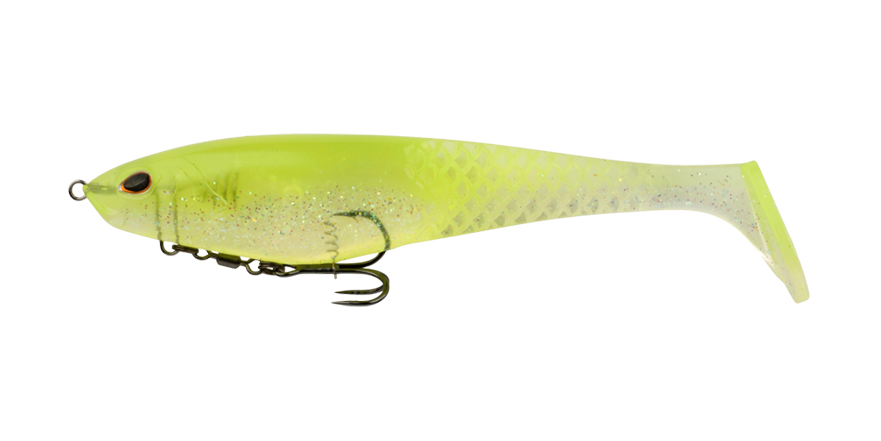
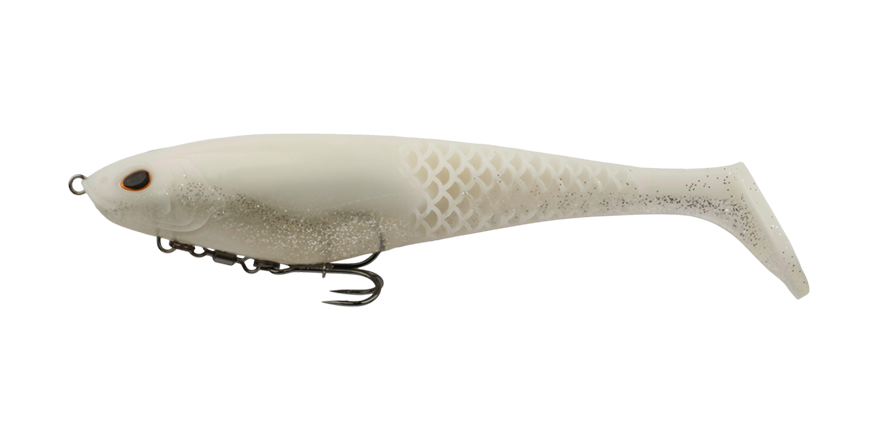
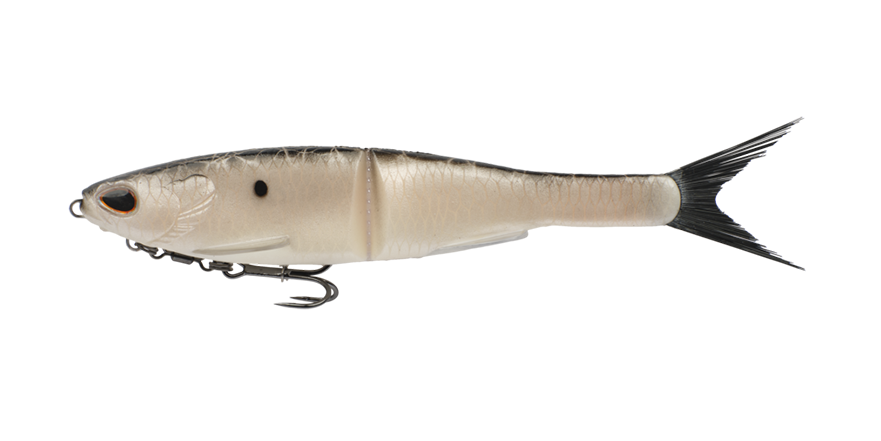
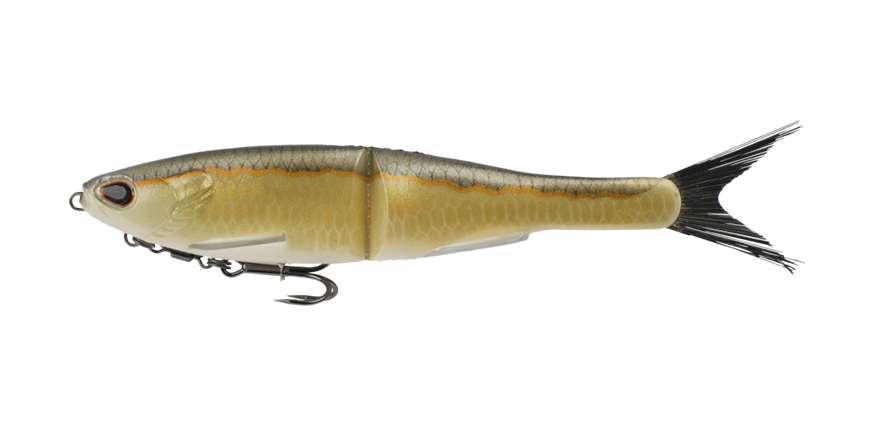
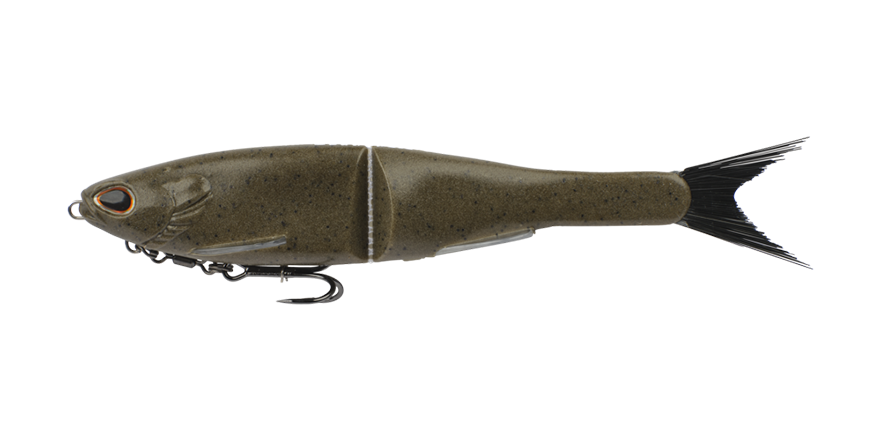
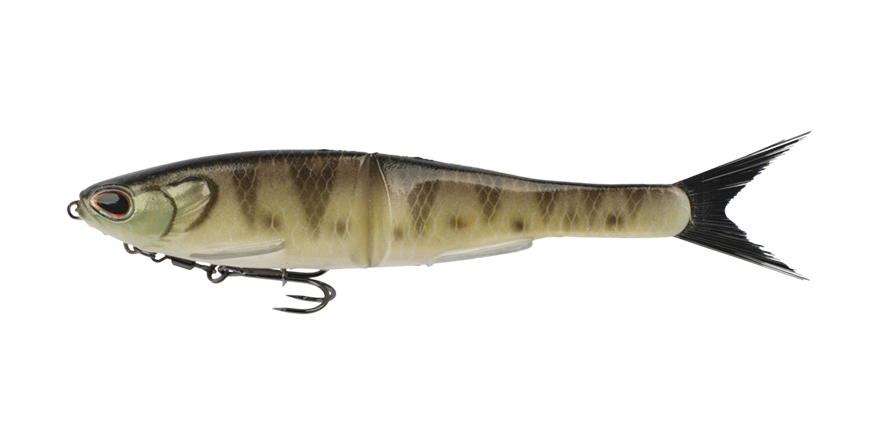
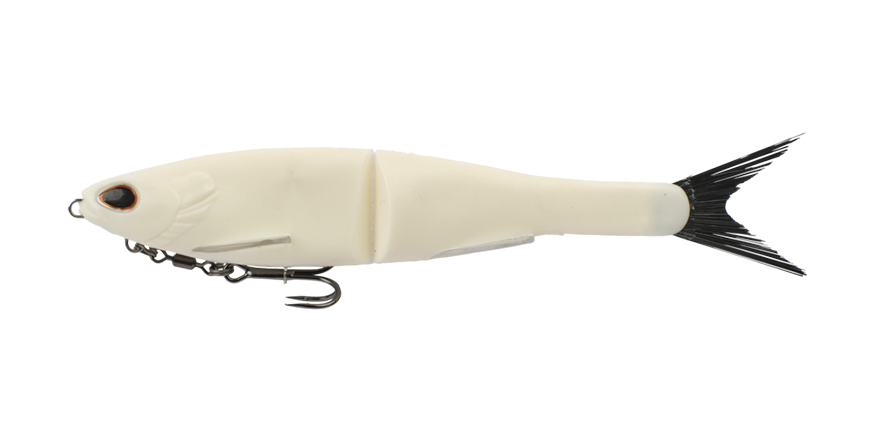




































































HOOCH

KING SHRIMP
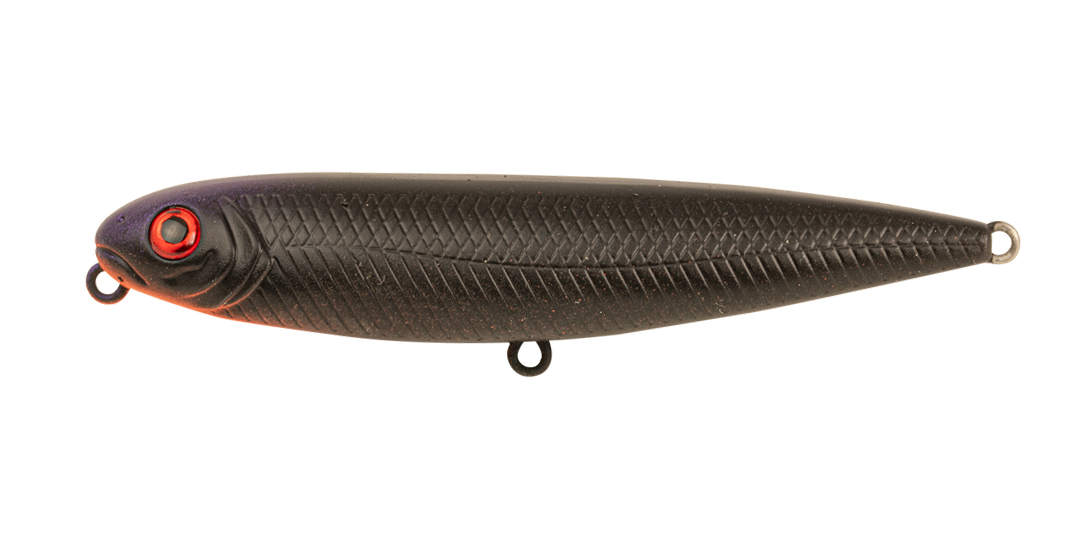
MIDNIGHT TIGER
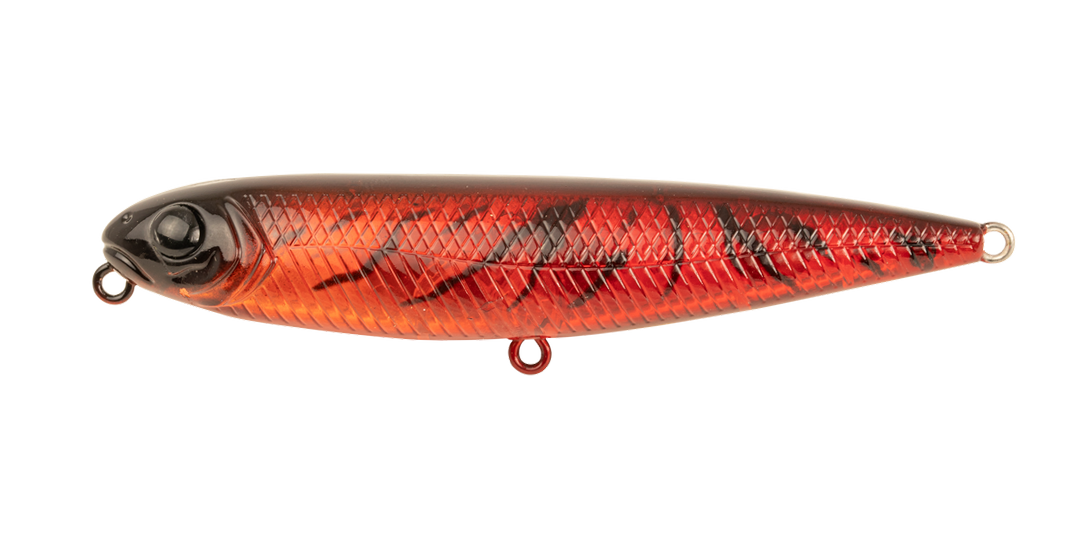
MONGREL
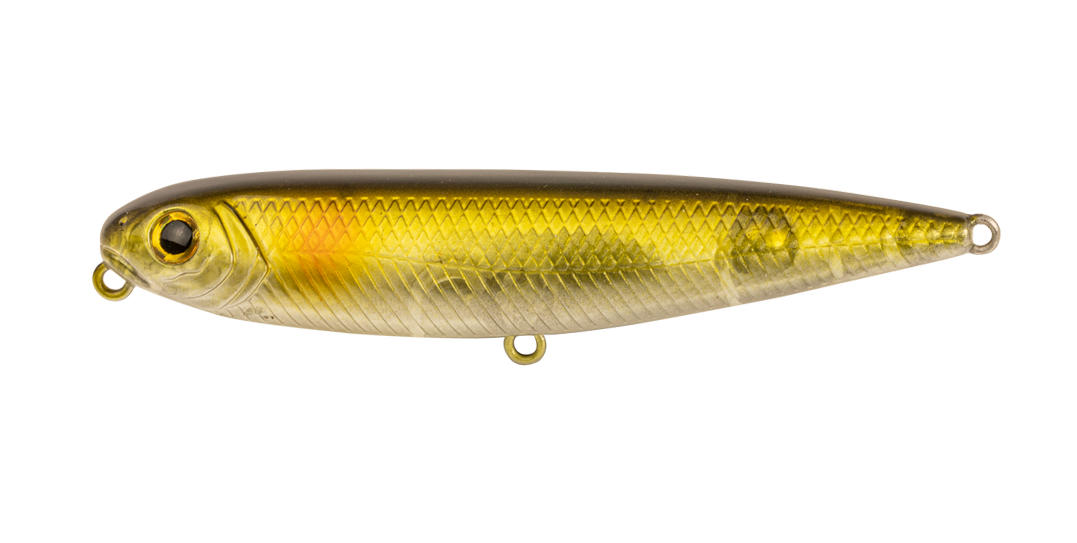
OLIVE SHAD
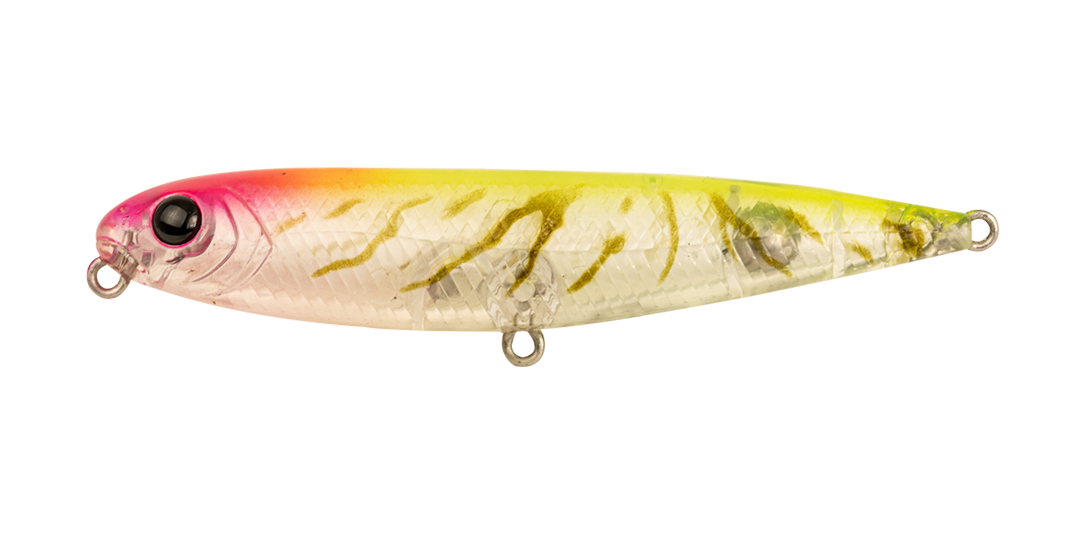
PEACH FACE
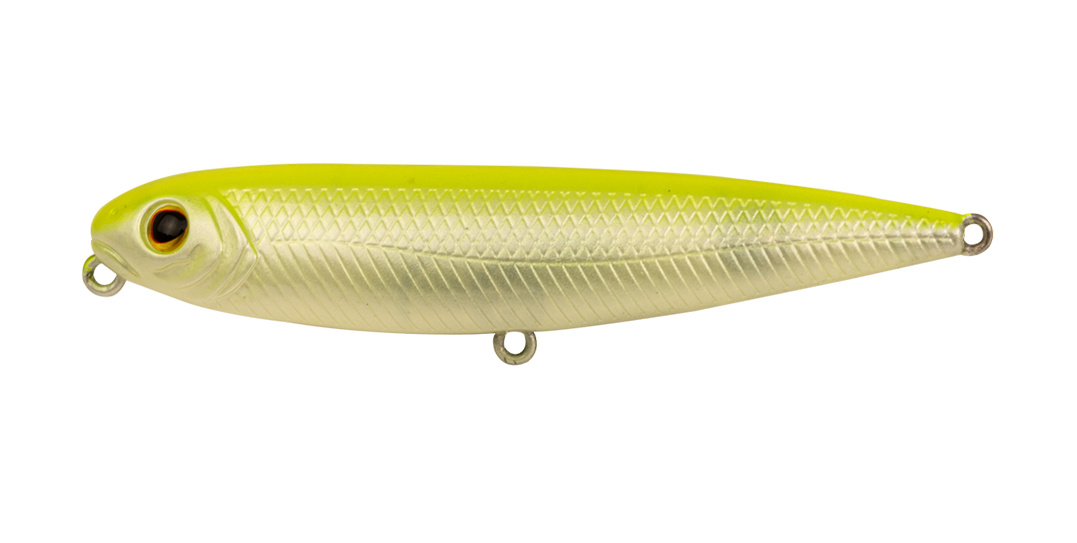
PEARL CHART
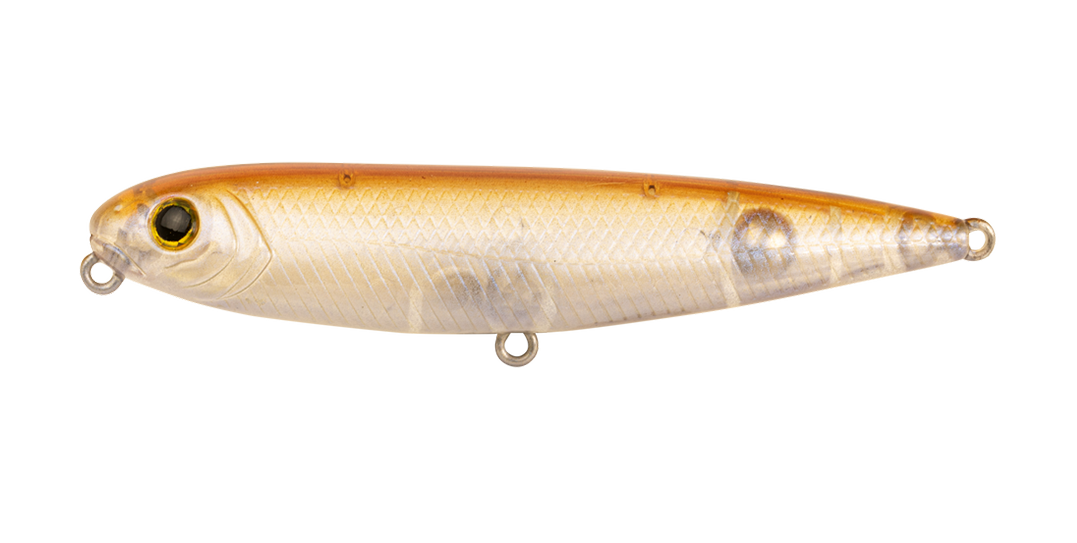
RUSTY SHAD
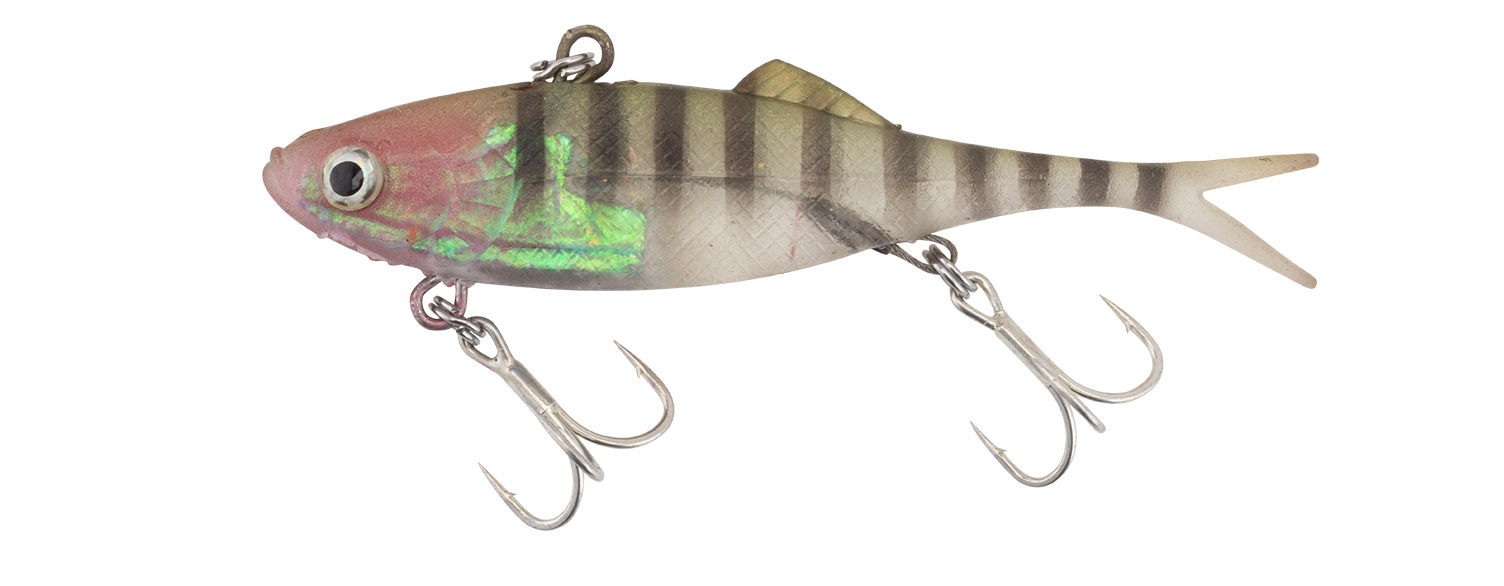
12 GAUGE

CLEAR HERRING
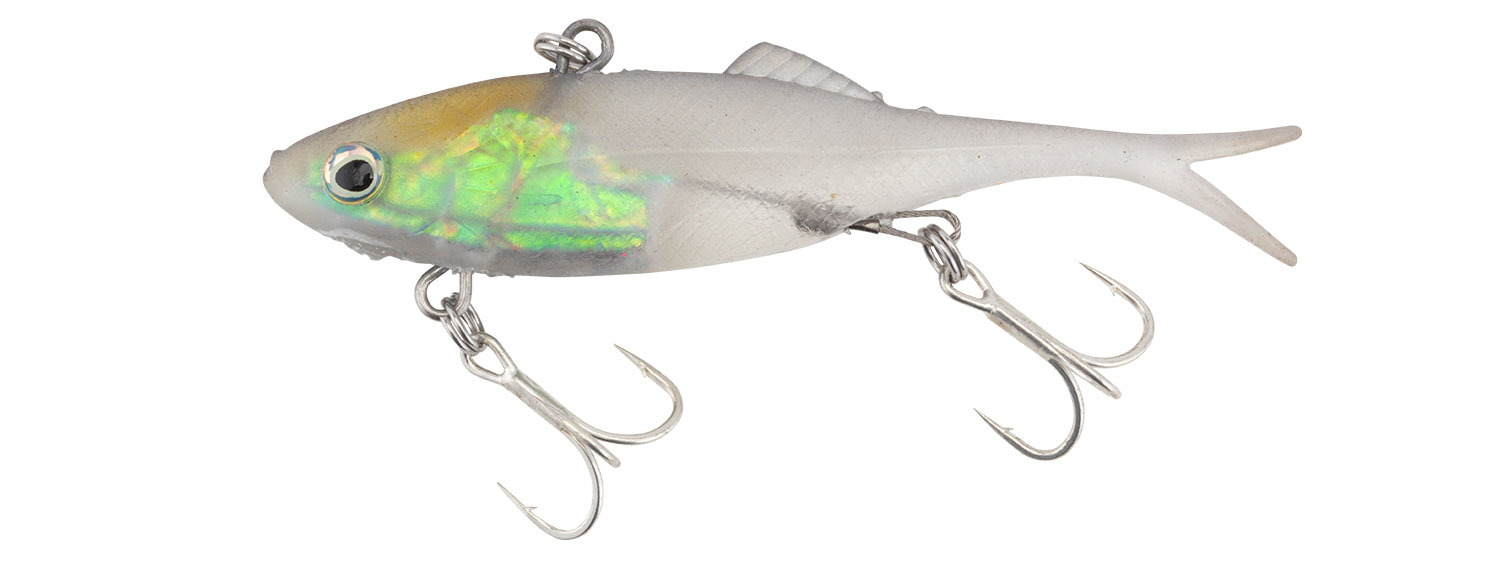
GHOST
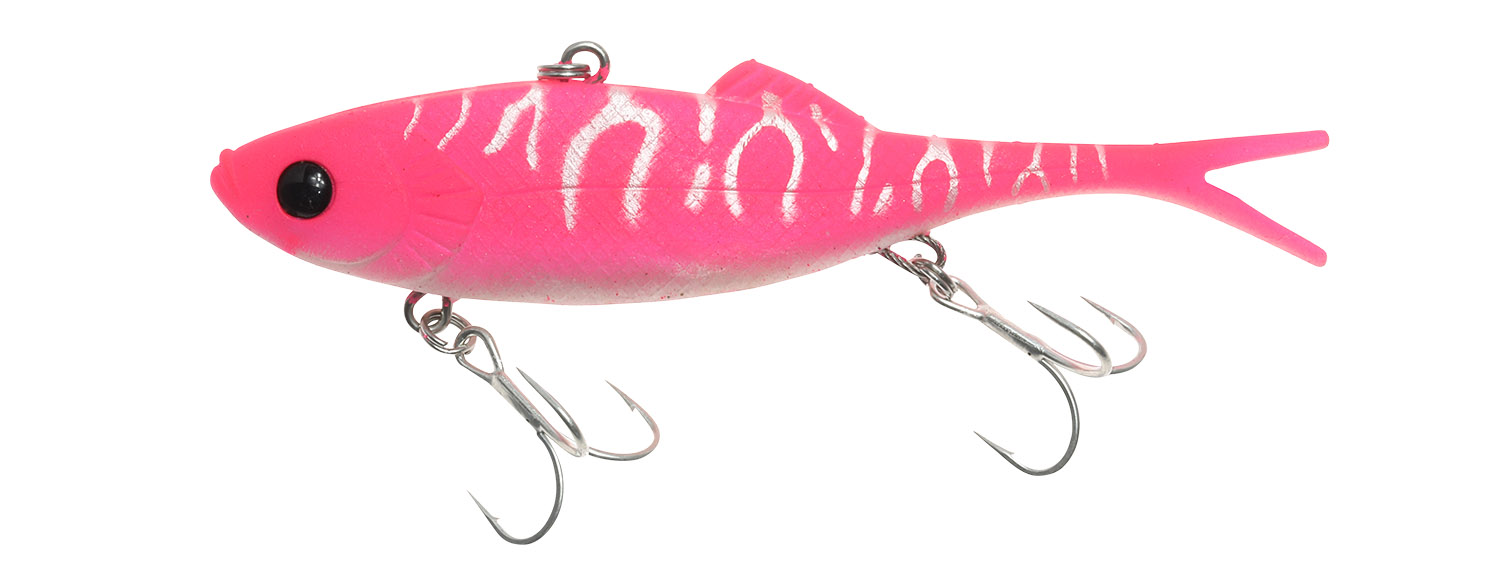
HOT PINK
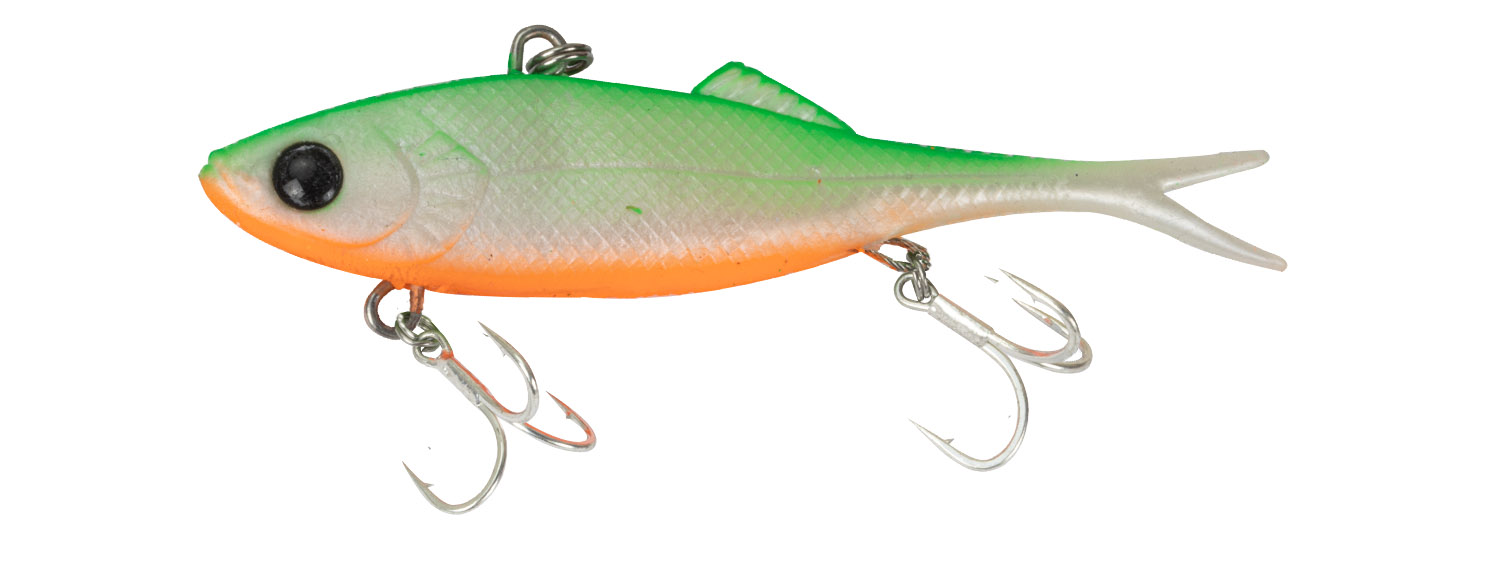
JACK FLASH

MULLET GULLET
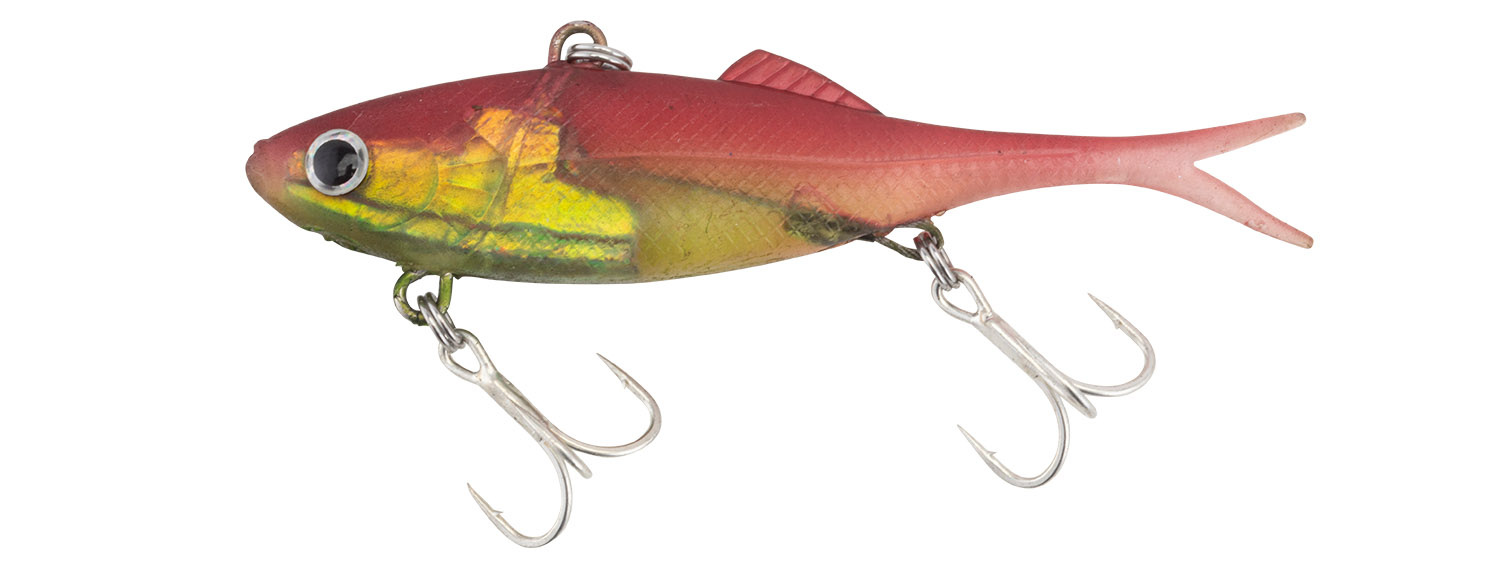
NUCLEAR CHICKEN
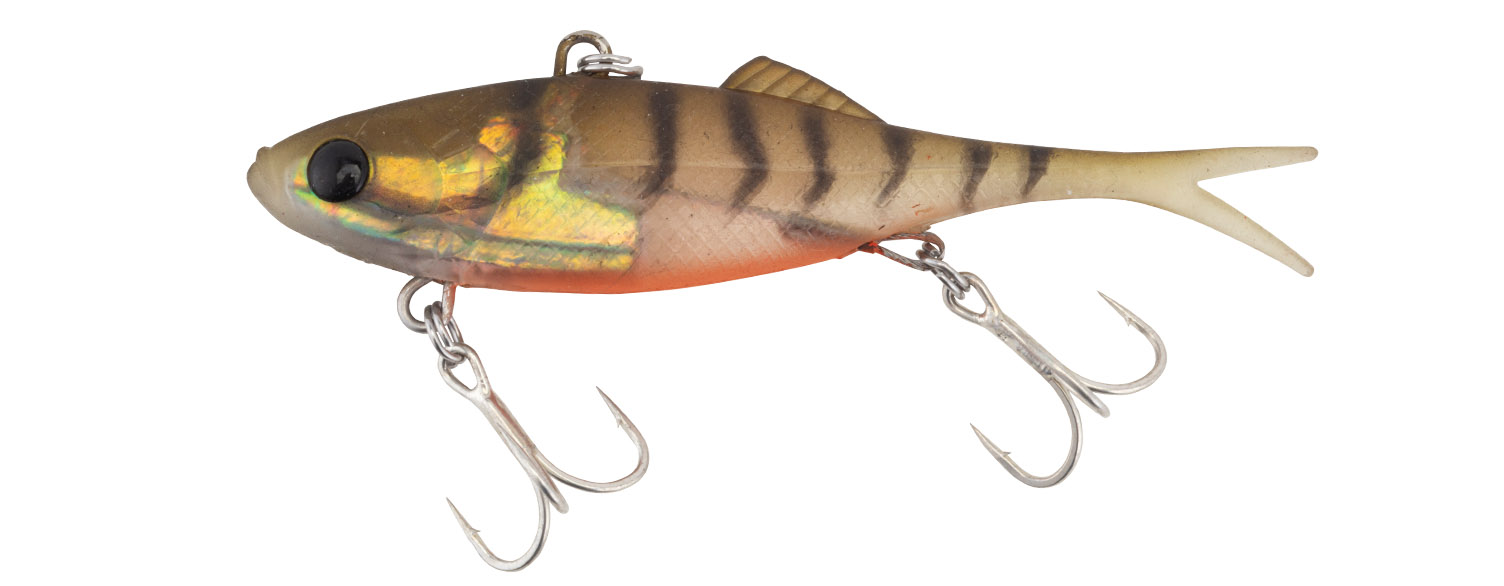
ORANGE BELLY SHRIMP
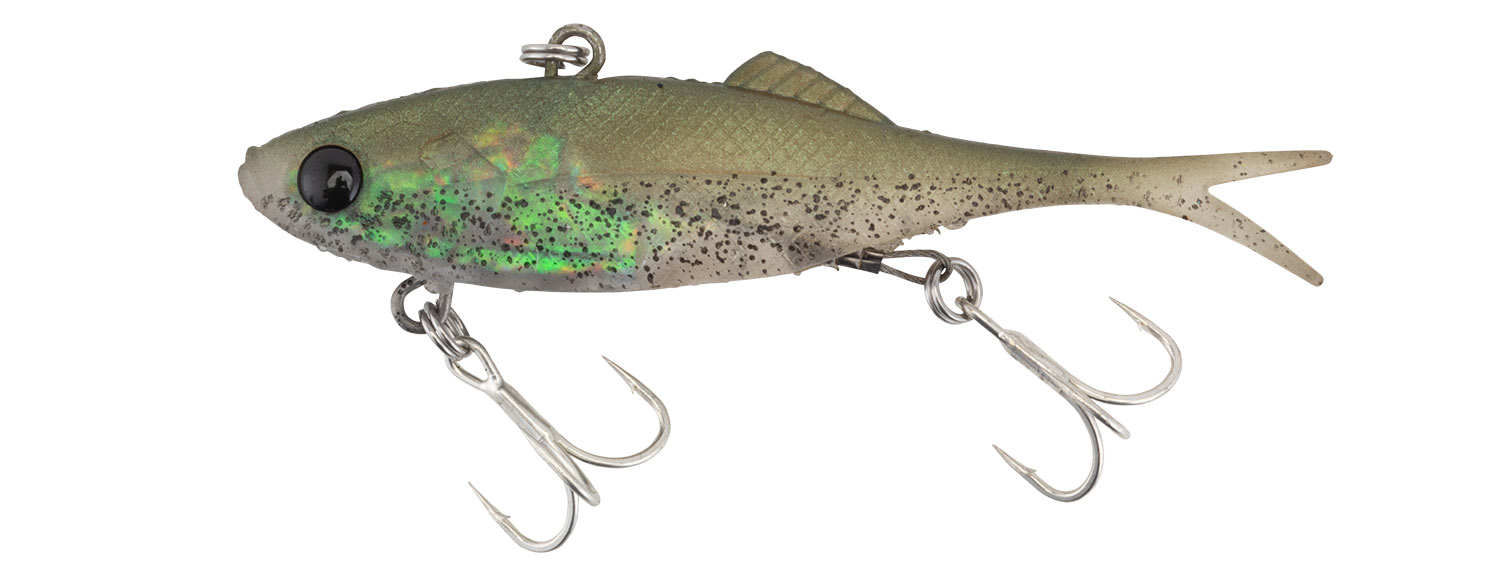
PEPPERED PRAWN
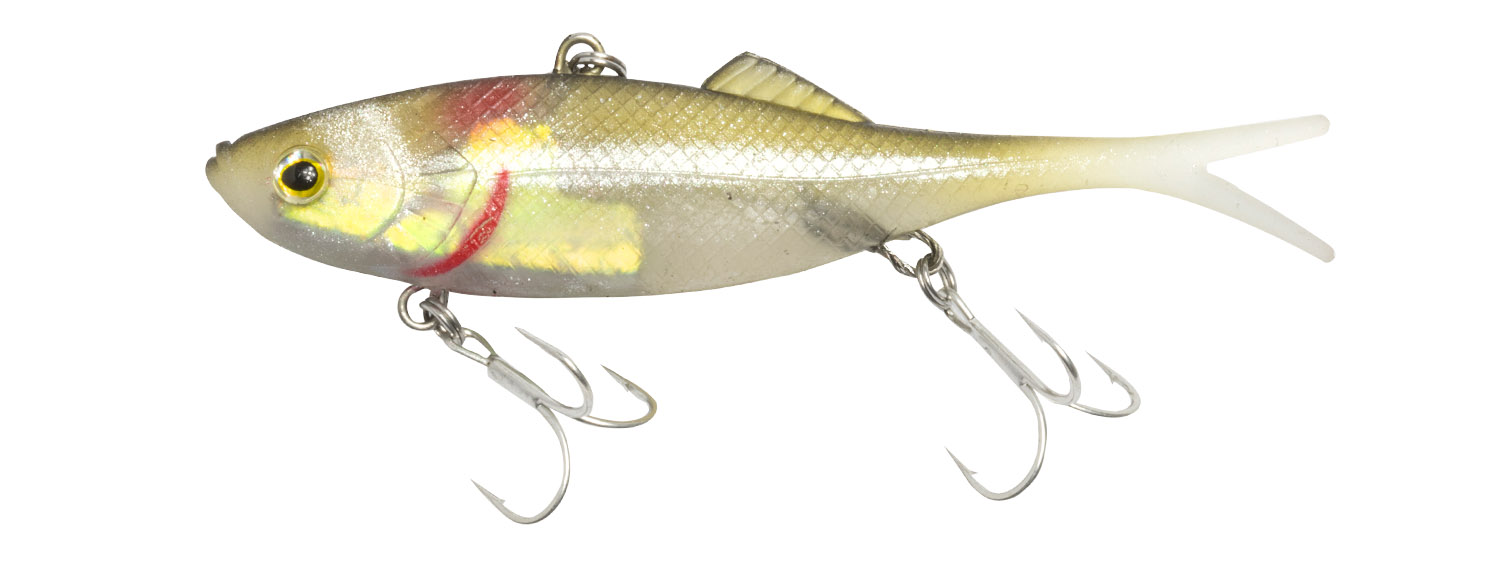
WHITEBAIT
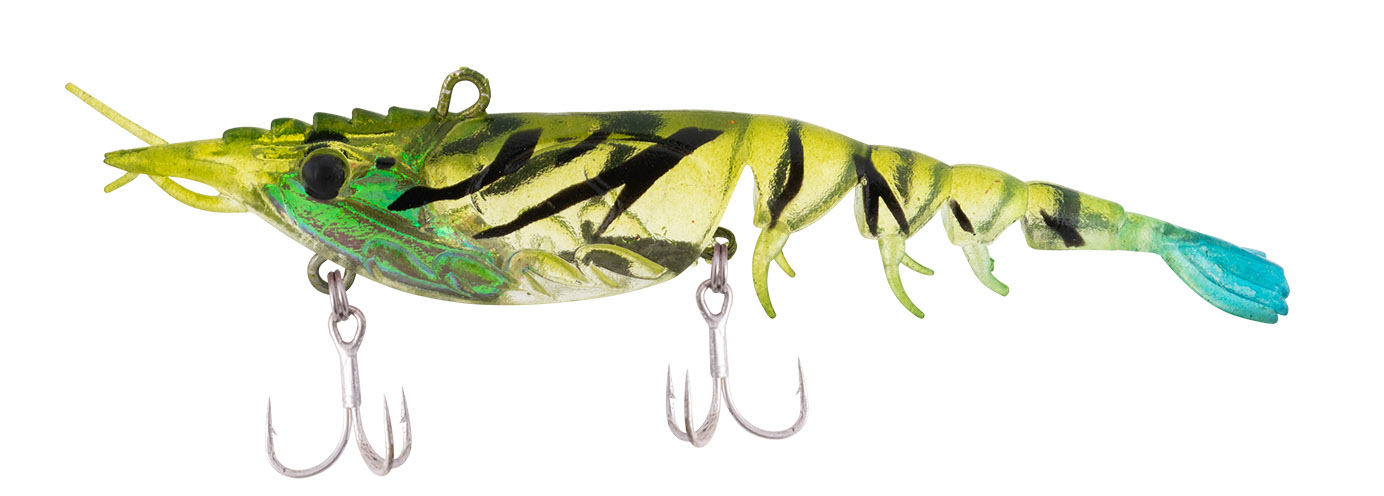
BLUE TAIL
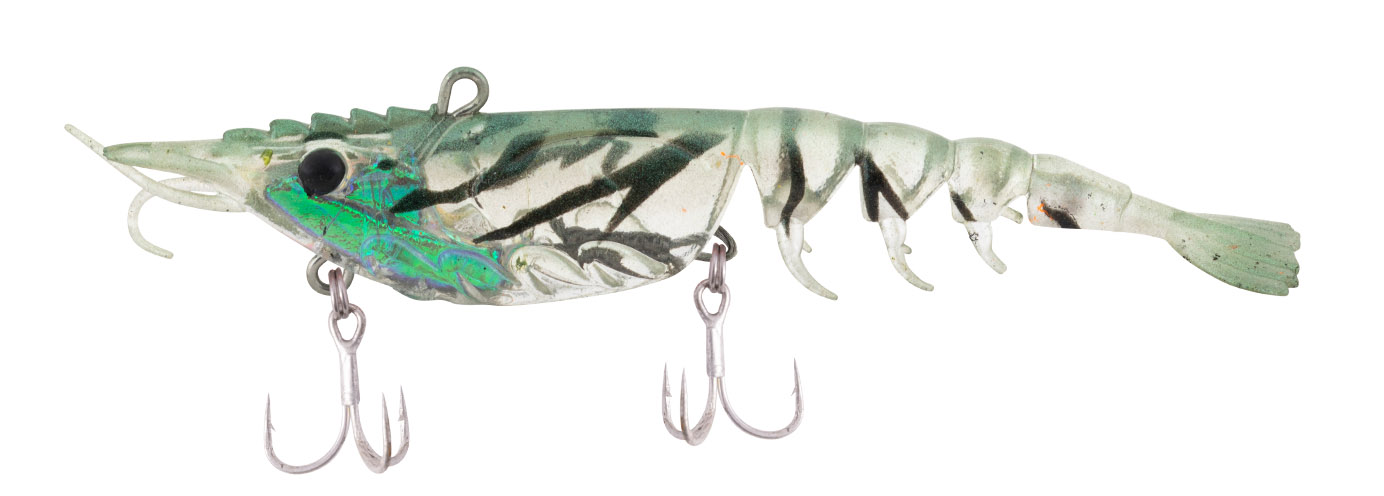
CRYSTAL

FIRE TIGER
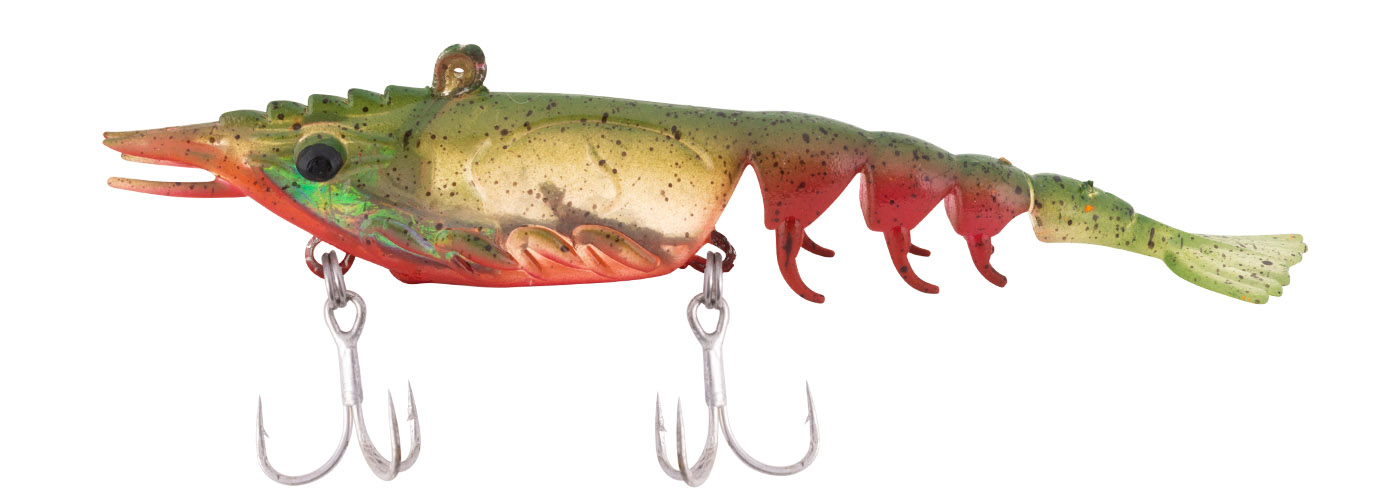
NUCLEAR CHICKEN
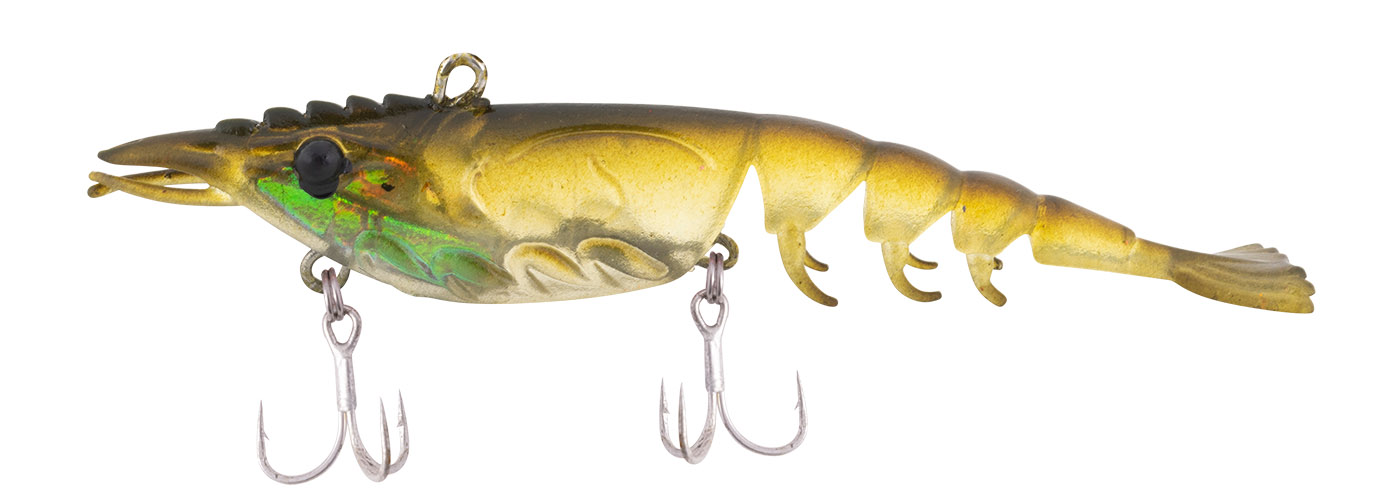
OLIVE
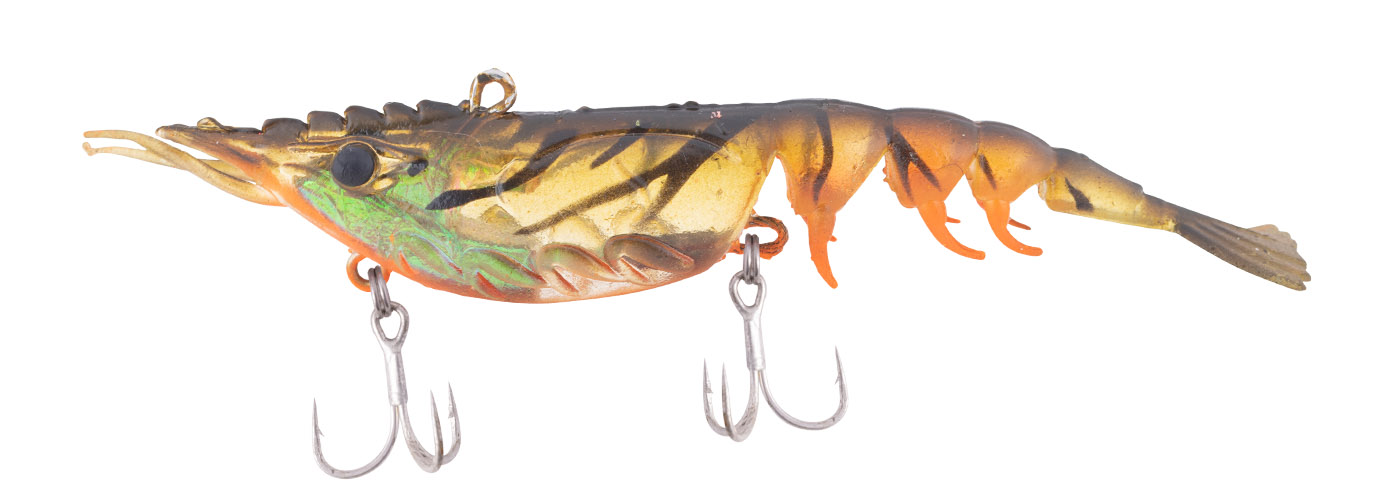
ORANGE BELLY

PEACH
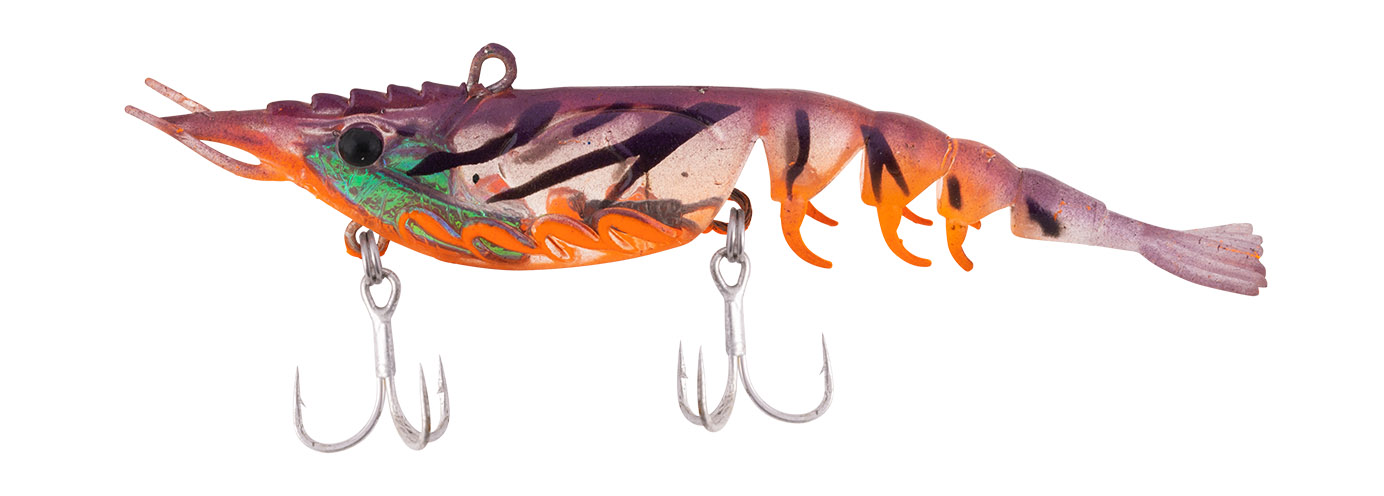
PEARL
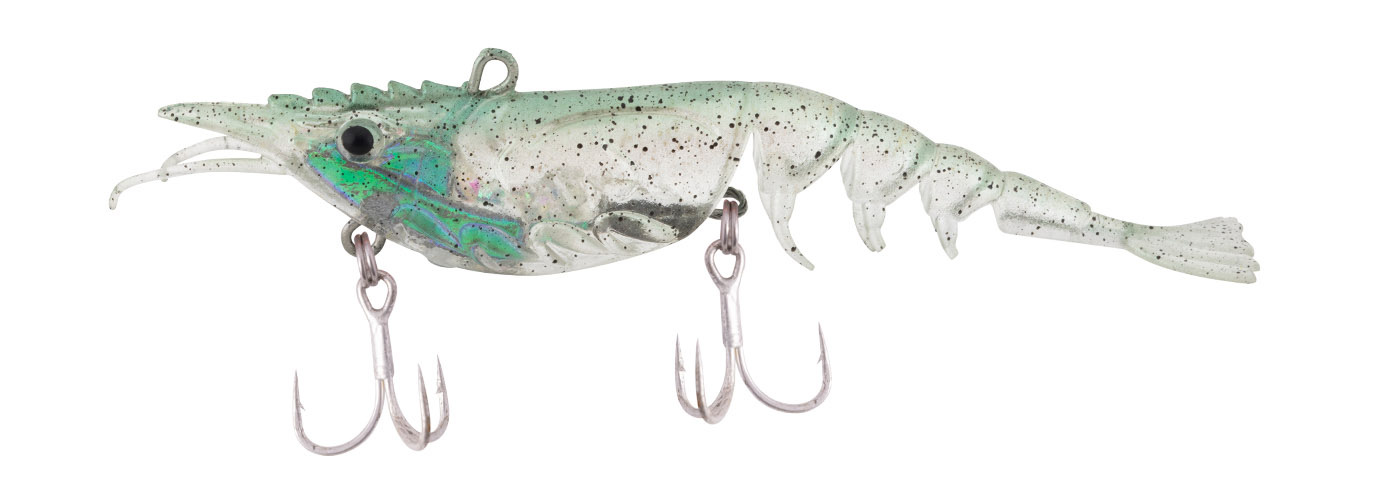
PEPPERED

PINK
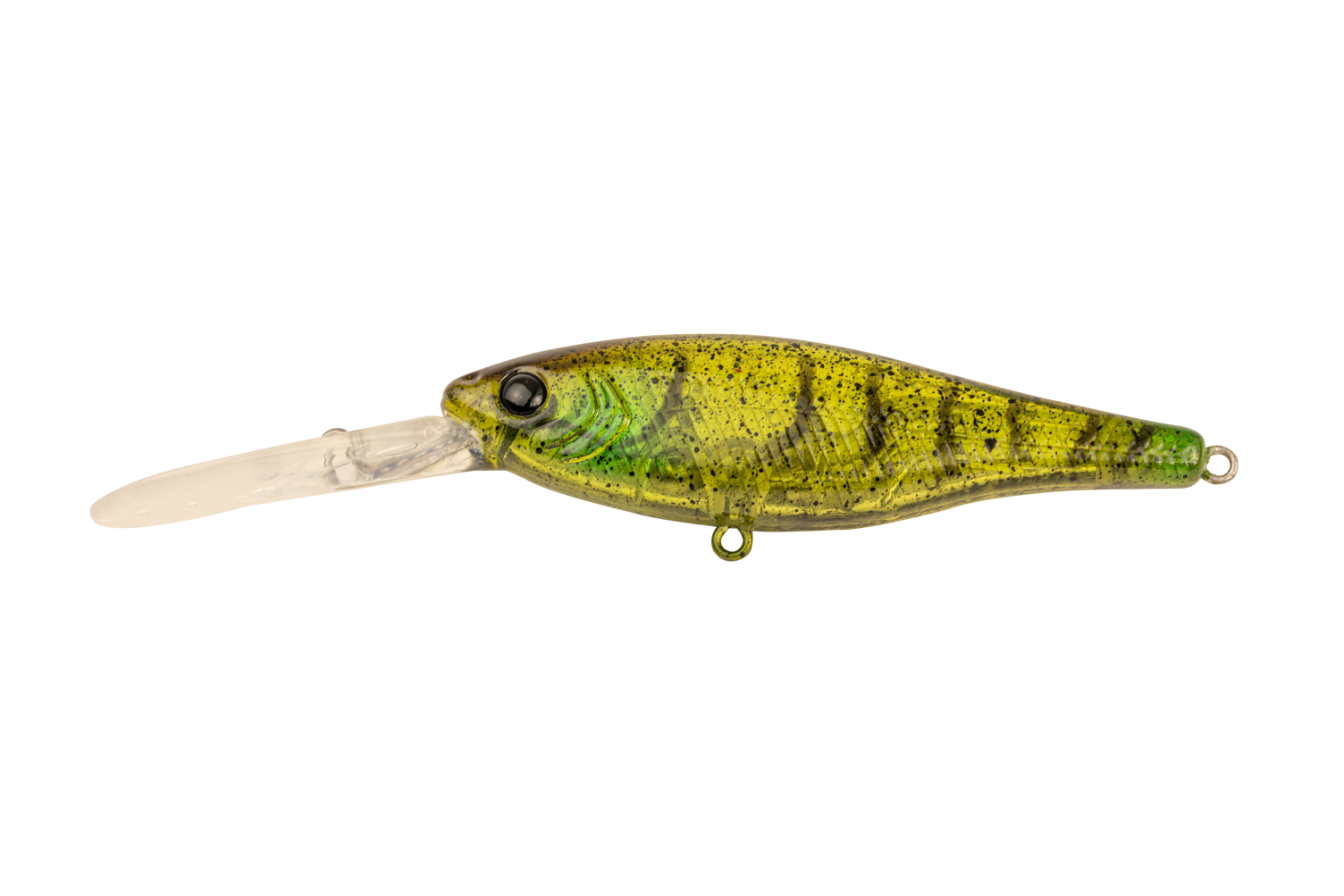
BREEN SHRIMP

CRYSTAL SHRIMP
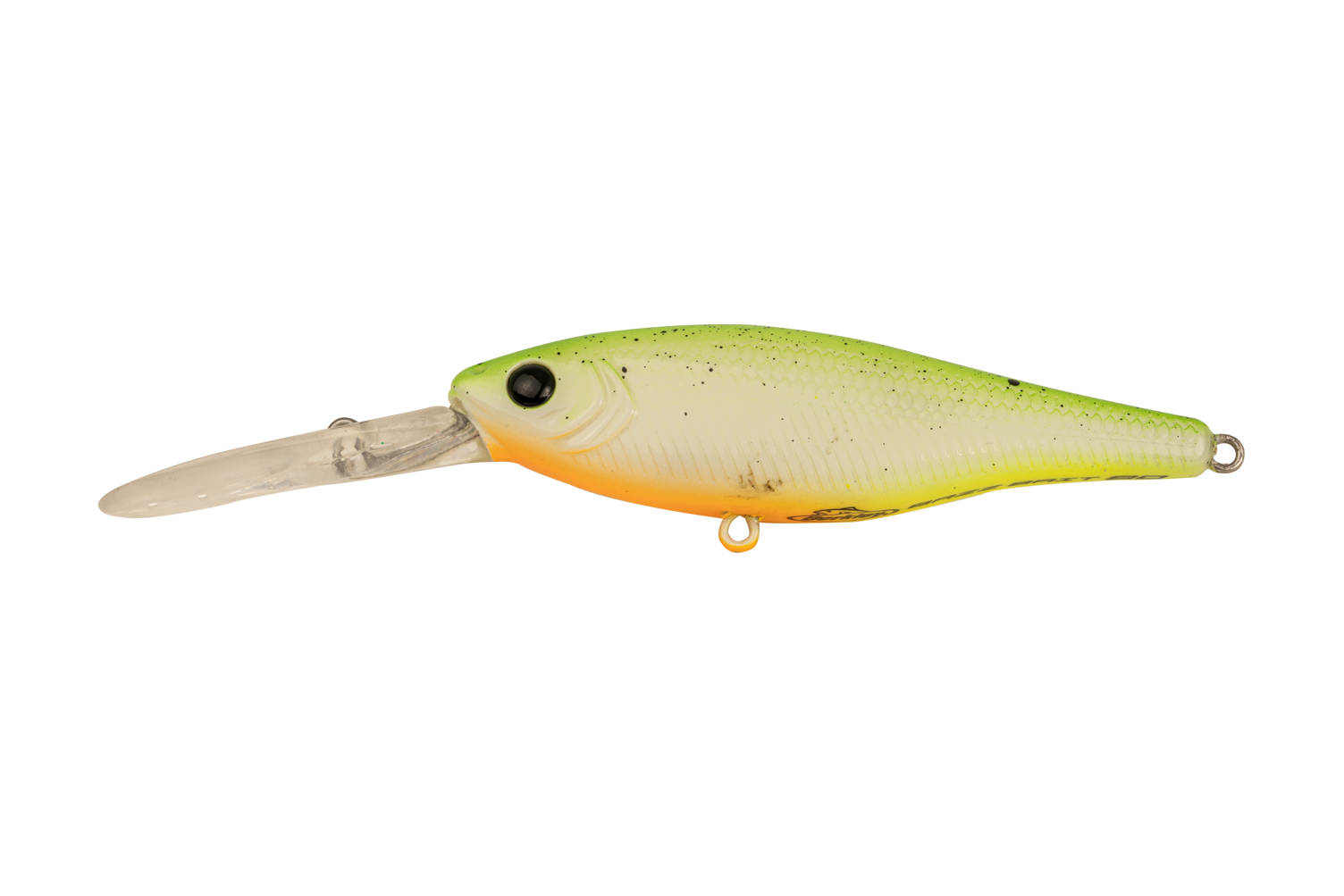
LIME TIGER PEARL
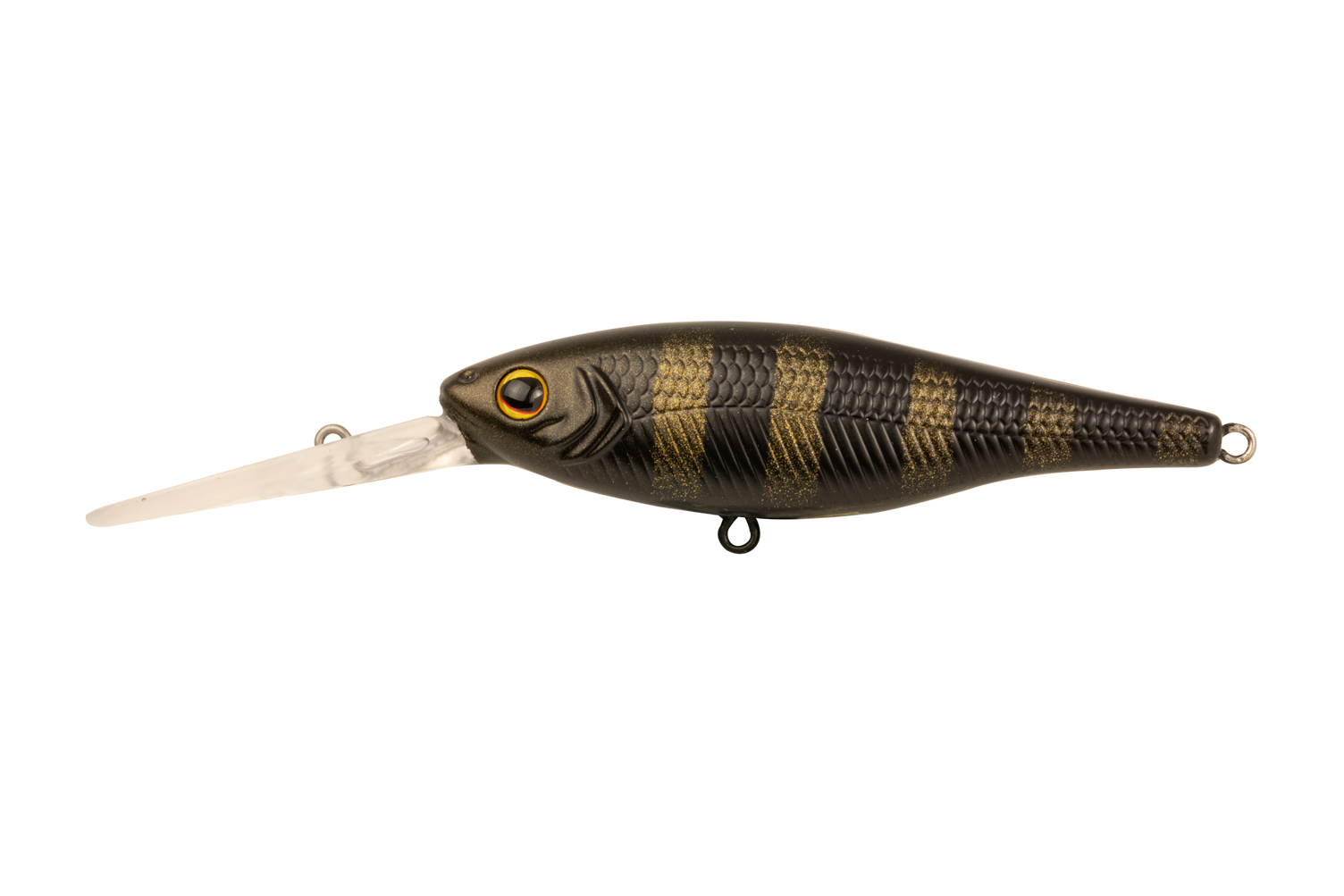
MOSS SHAD
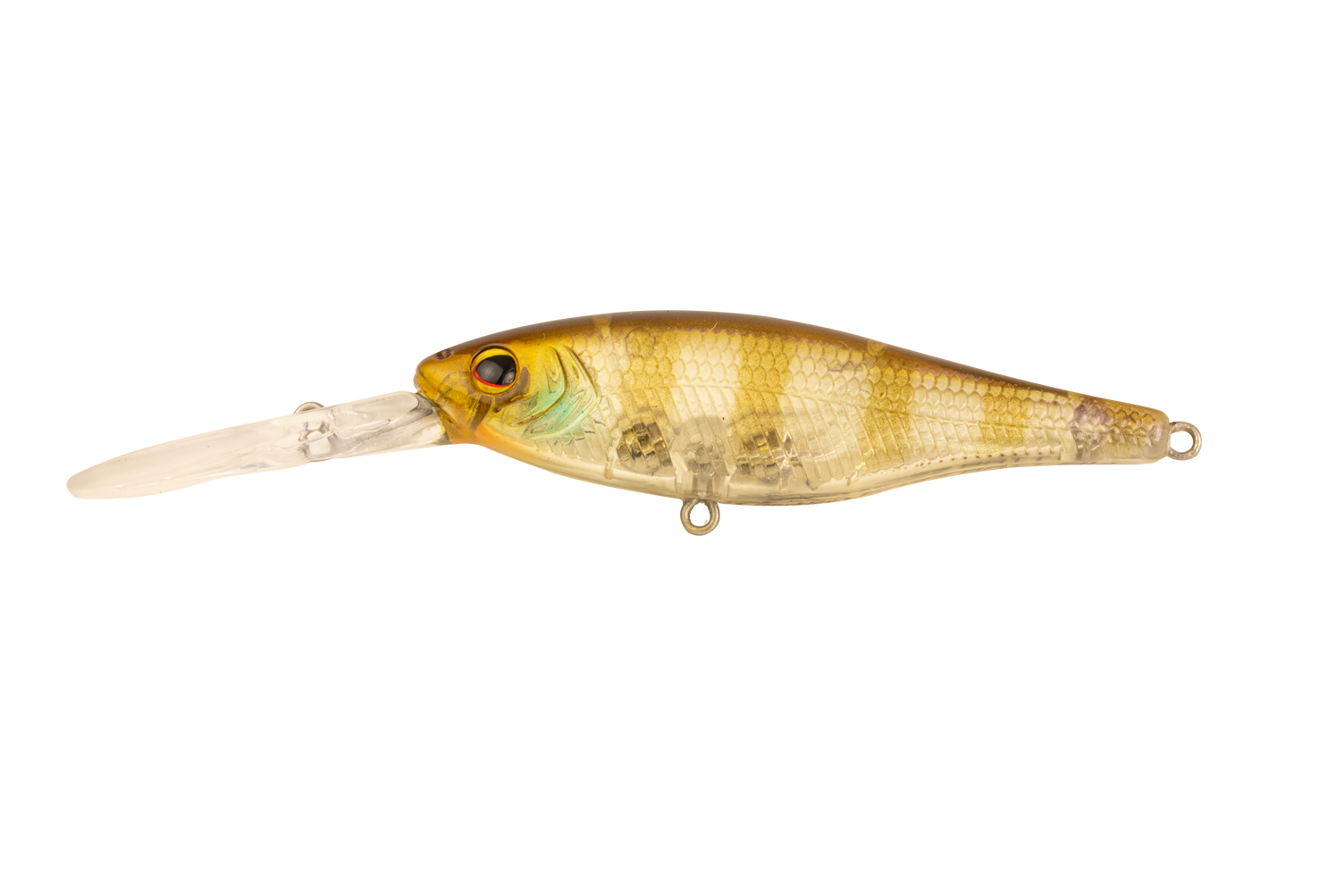
NATURAL
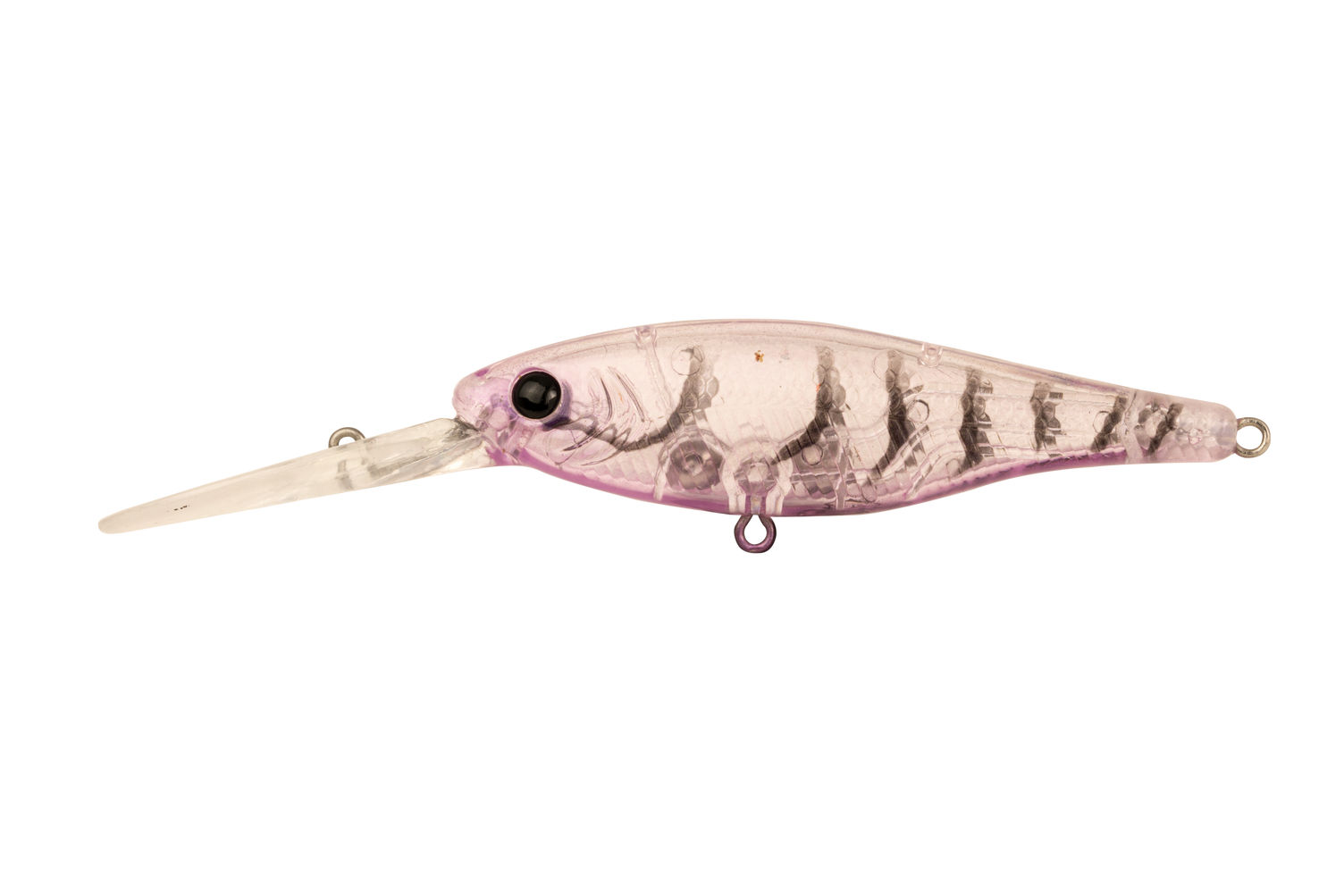
PINK SHRIMP
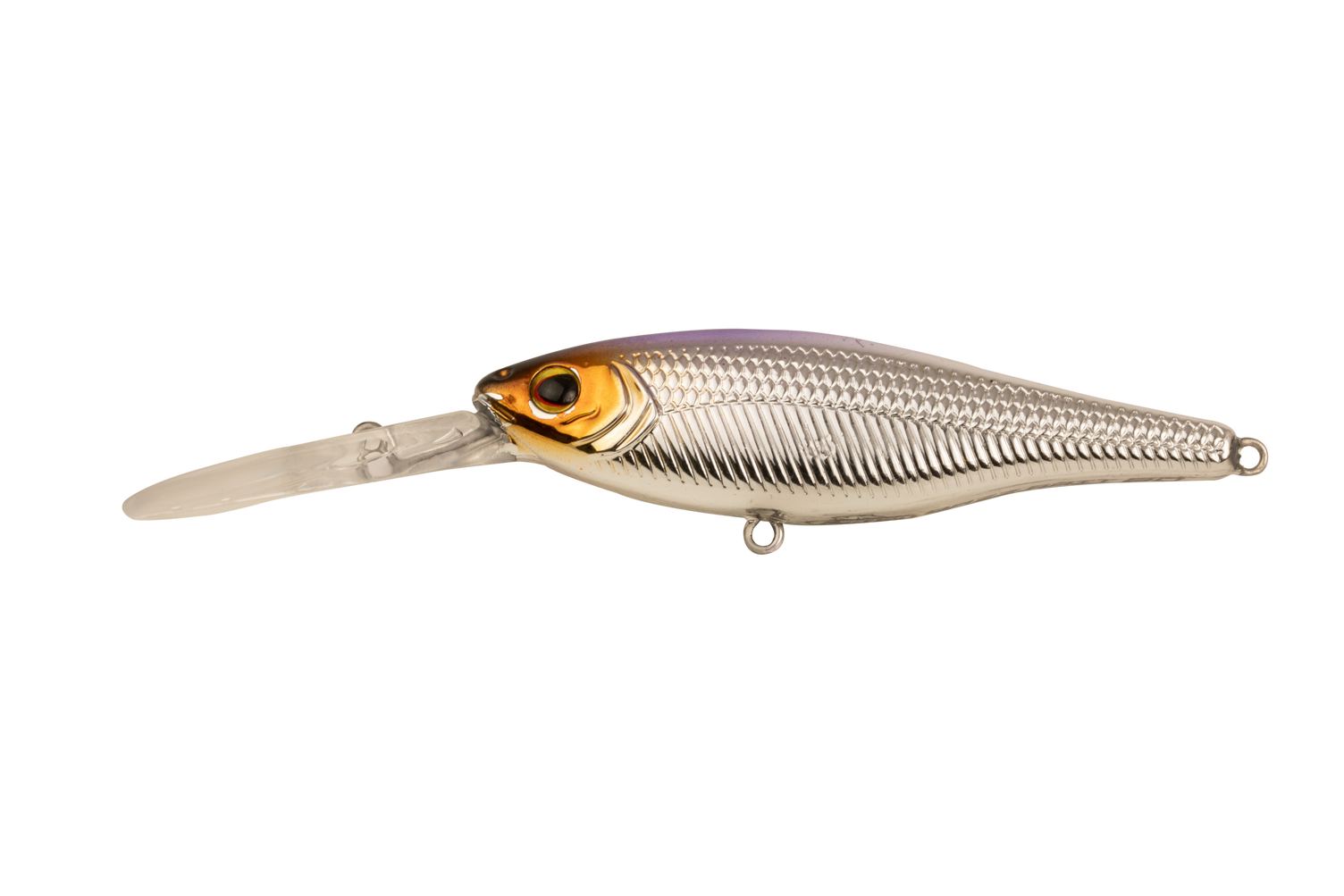
PURPLE GLIMMER
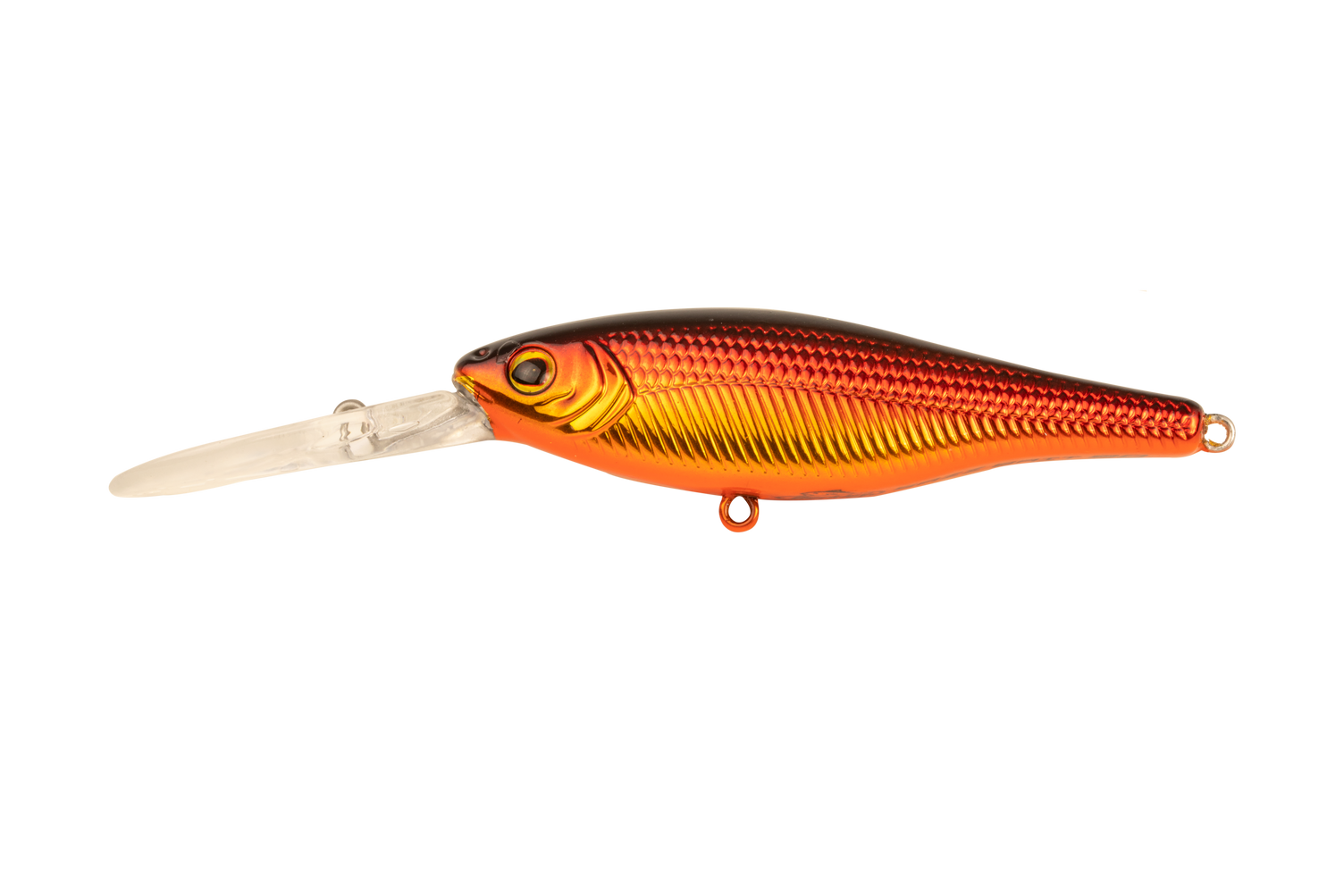
RED SHAD
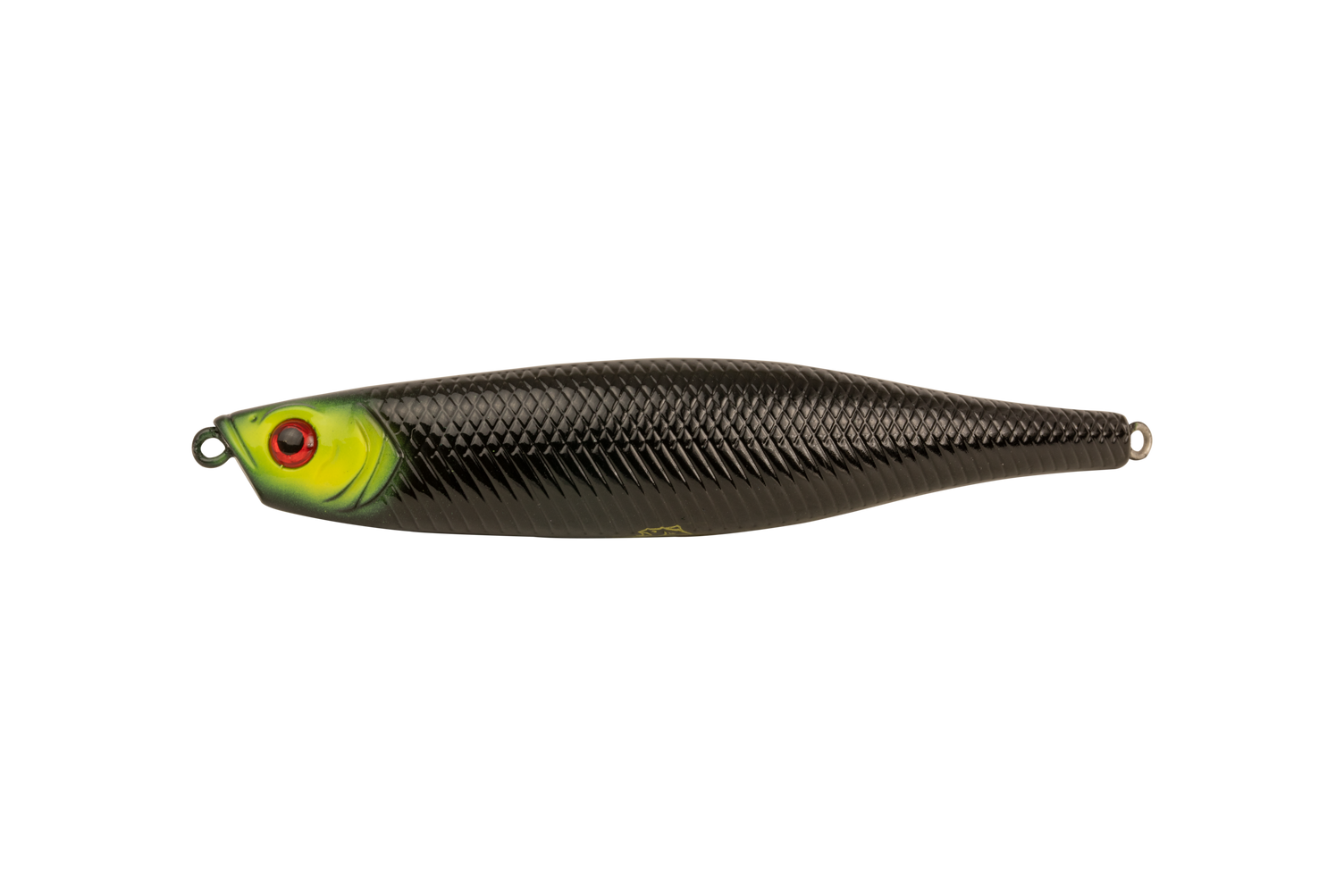
BLACK CATALPA
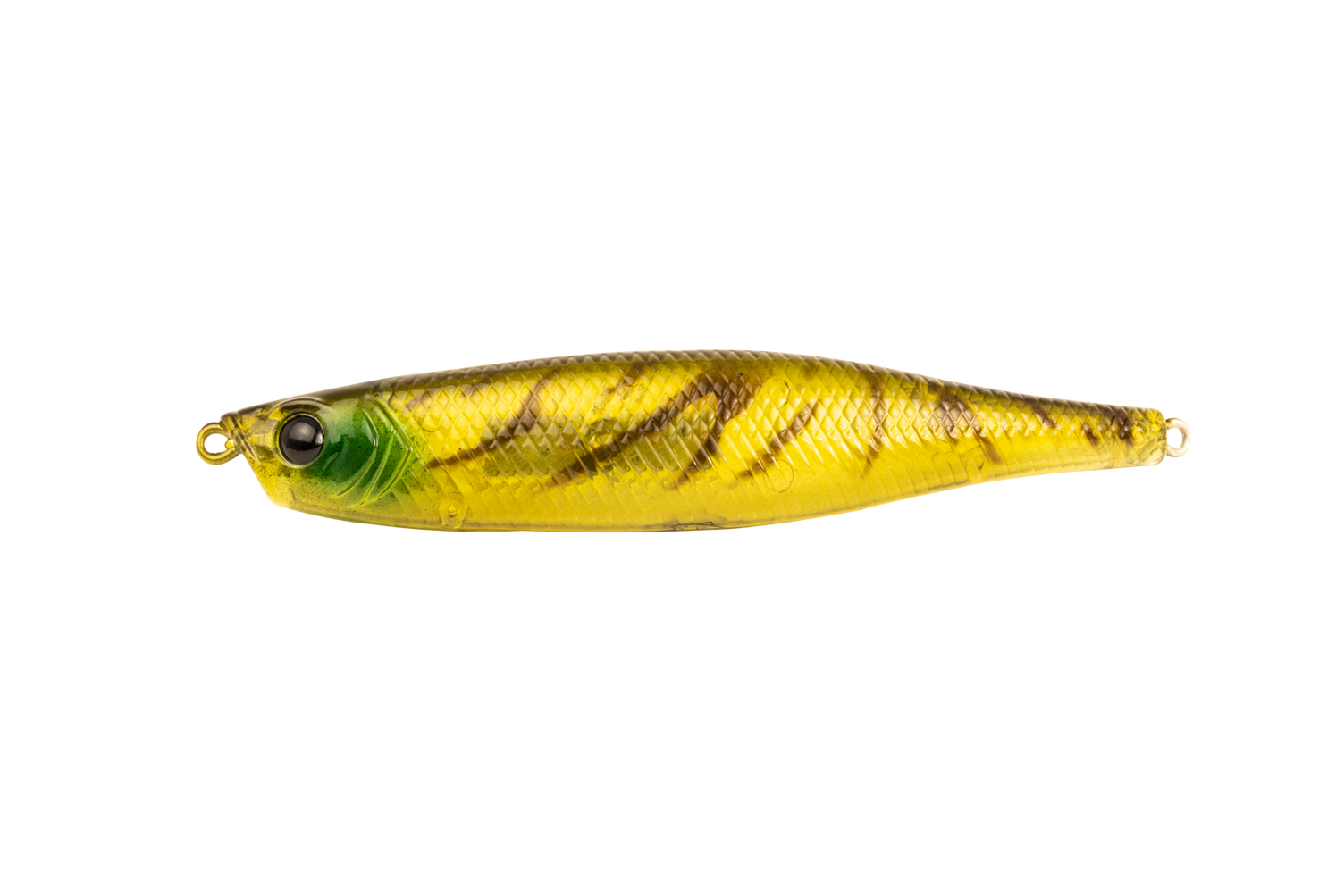
BROWN SHRIMP

HEYOU

NATURAL SHAD
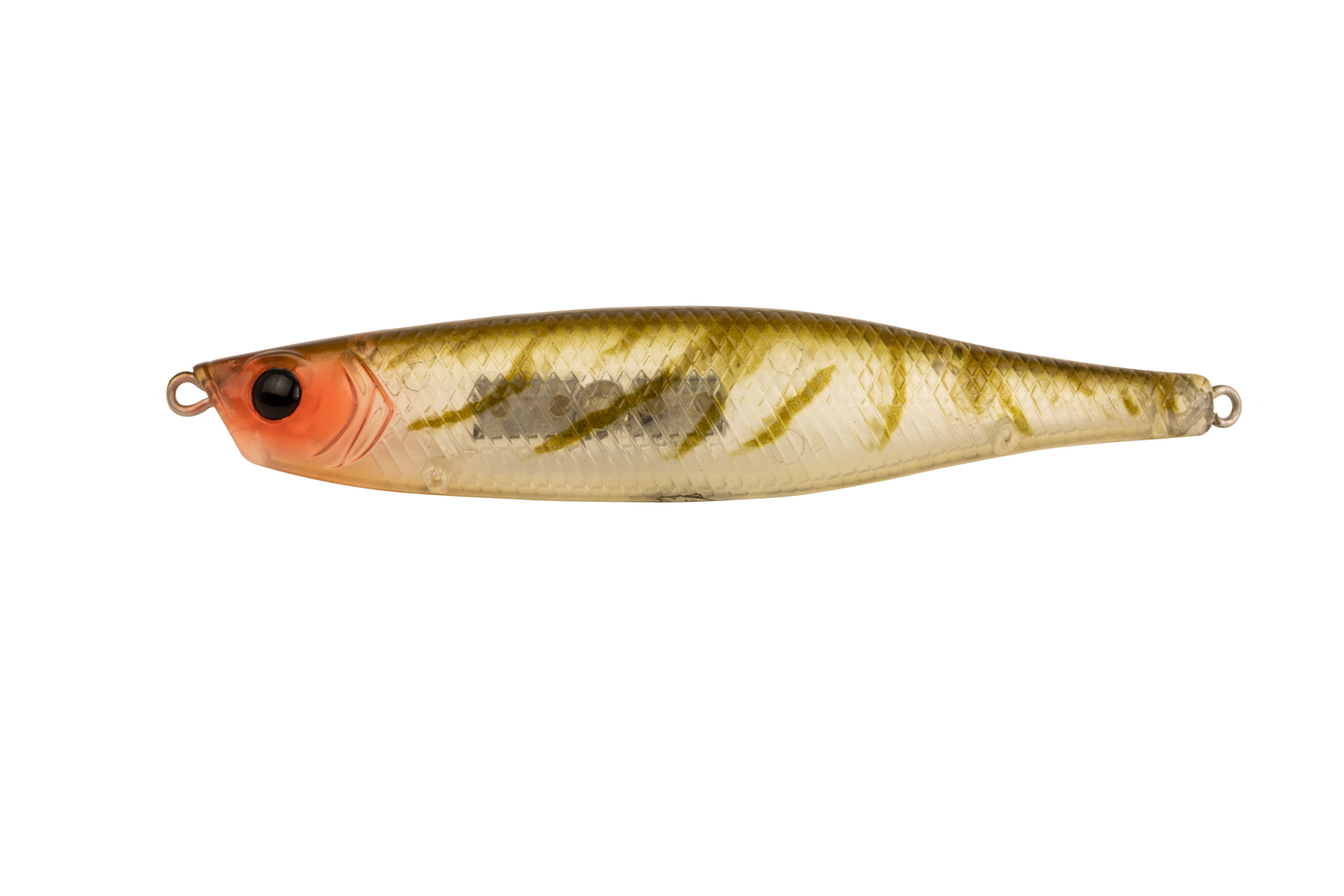
ORANGE SHRIMP

PEARL PINK
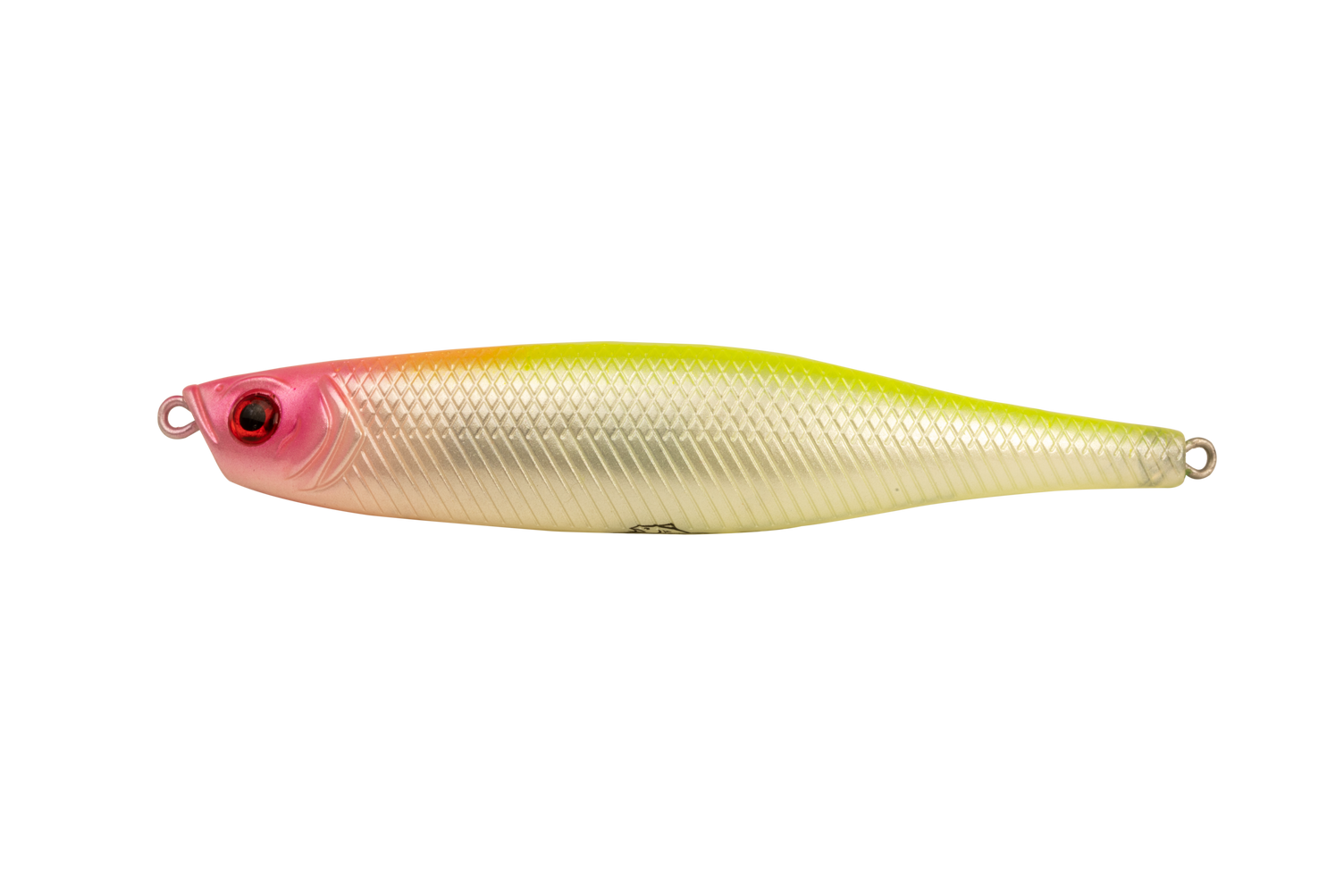
PINK CHART
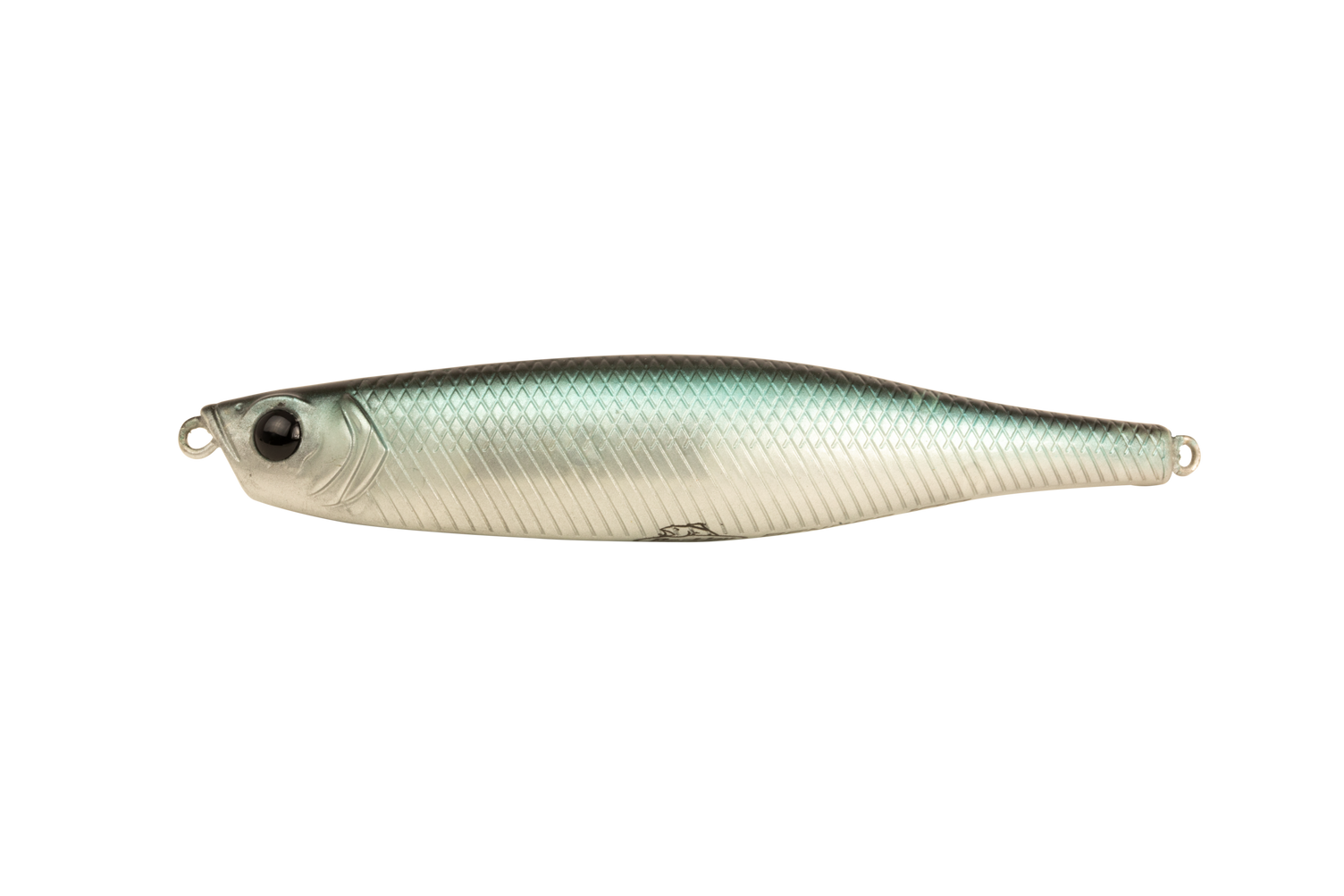
SAPPHIRE SHRIMP
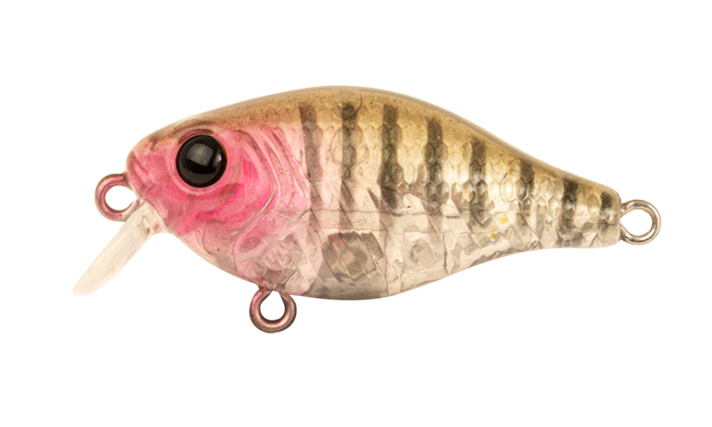
12 GAUGE

BANANA PRAWN
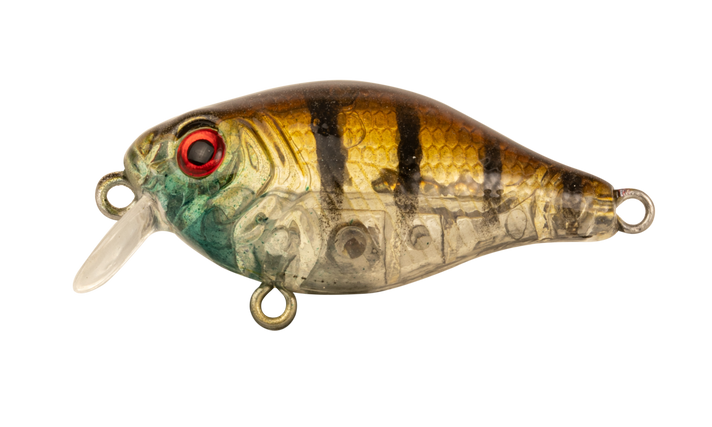
BLUE GILL

JELLY PRAWN

MIDNIGHT TIGER

NUCLEAR CHICKEN

PEPPERED PRAWN

PINK SHINE
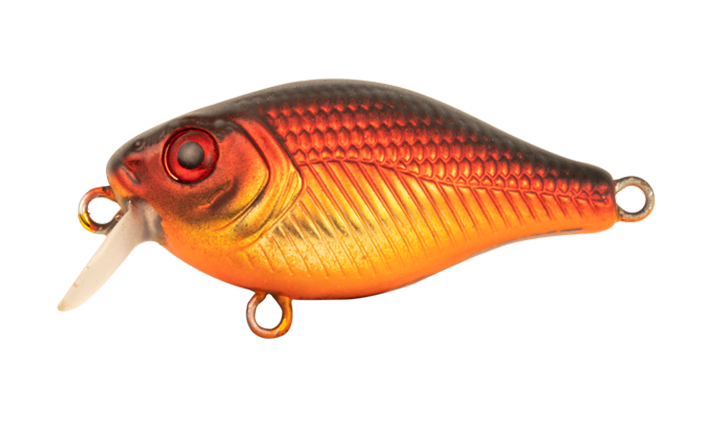
RED SHAD
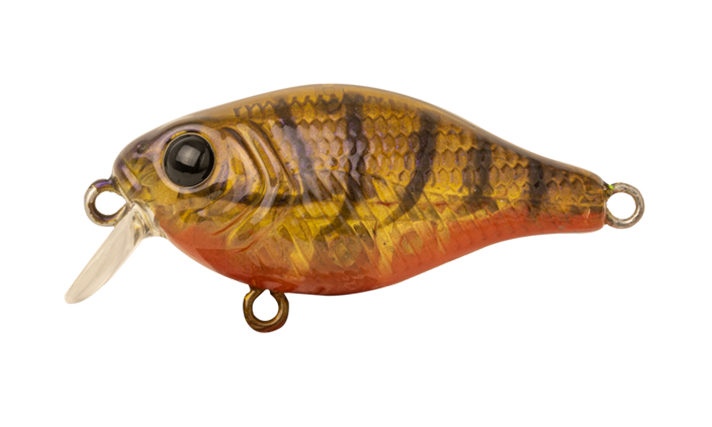
SWAMP GAS
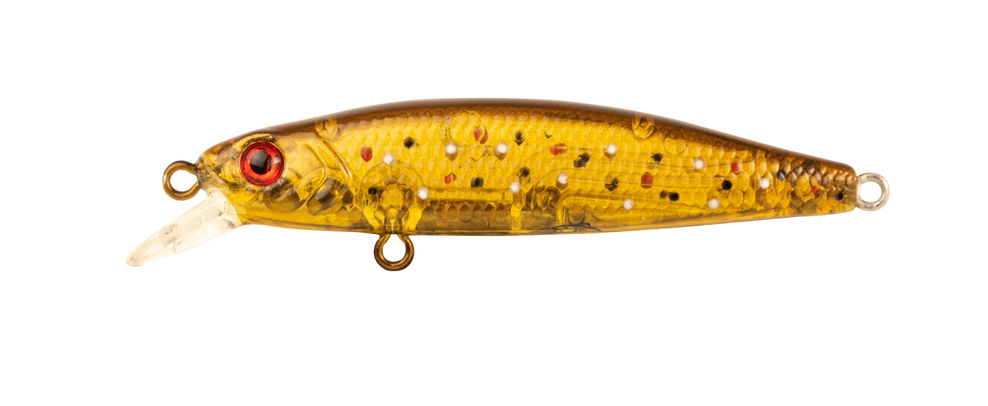
BROWN TROUT (60 ONLY)
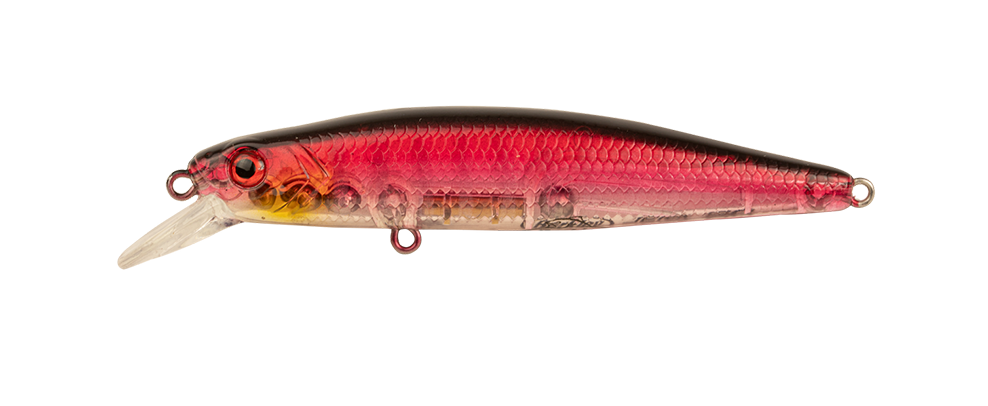
CHERRY SHAD
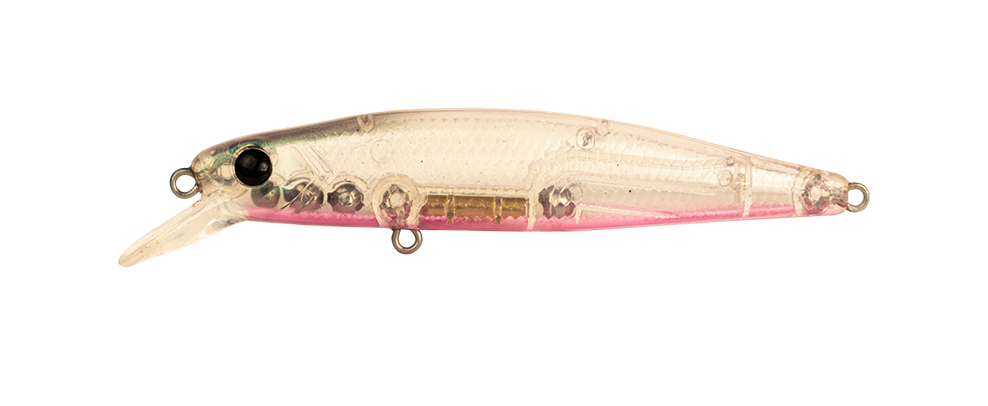
GHOST PINK
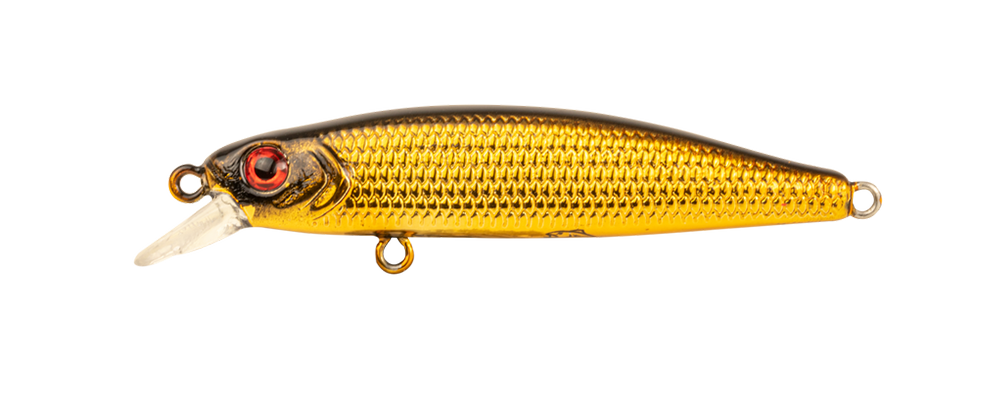
GOLD SLASHER (60 ONLY)

LIME TIGER PEARL
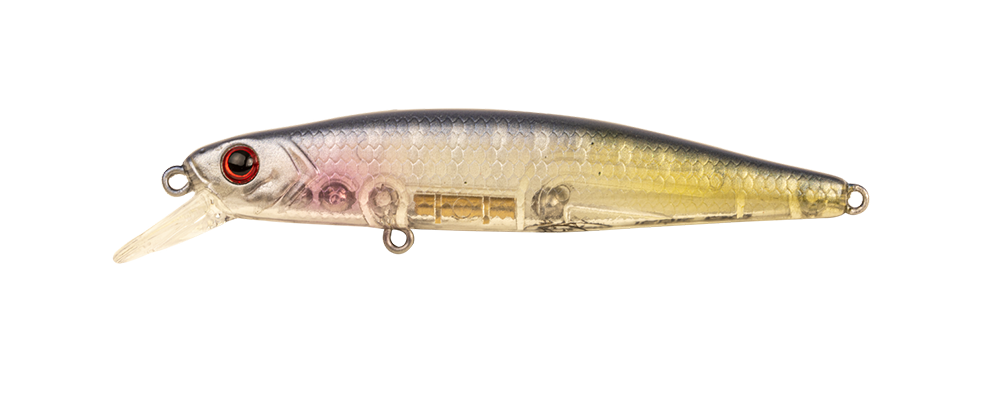
RED GILL
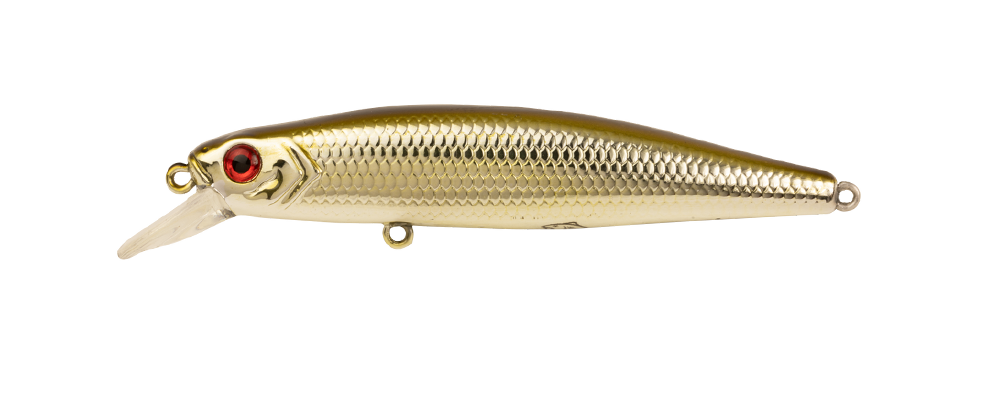
STROBE (90 ONLY)
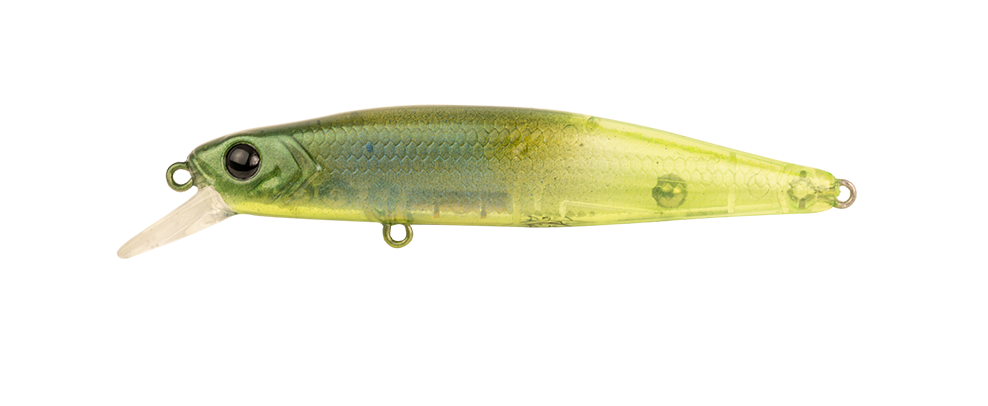
WATERMELON PEARL
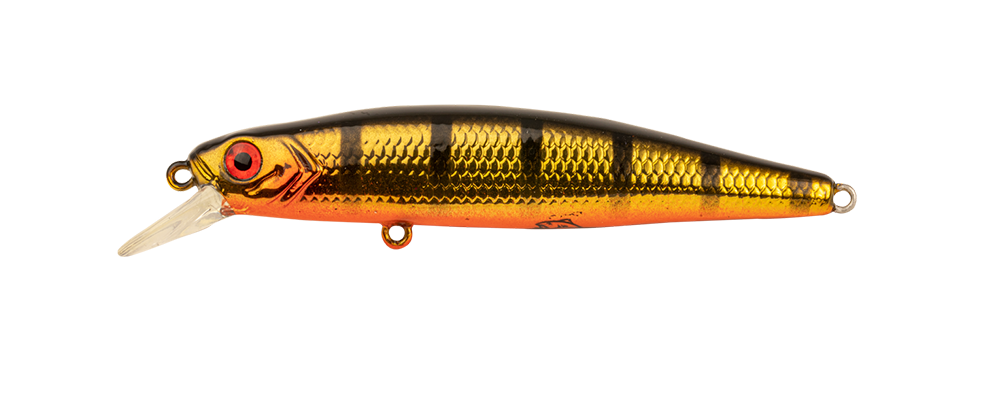
ZEB GOLD (90 ONLY)

ZEB PEARL (90 ONLY)

BANANA PRAWN

CANDY MELON
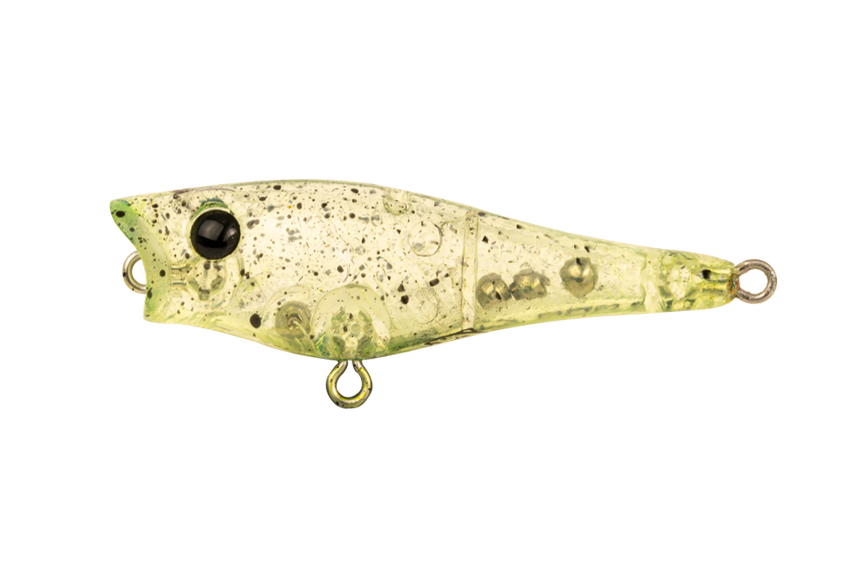
CRYSTAL CHAR

GREEN NEON
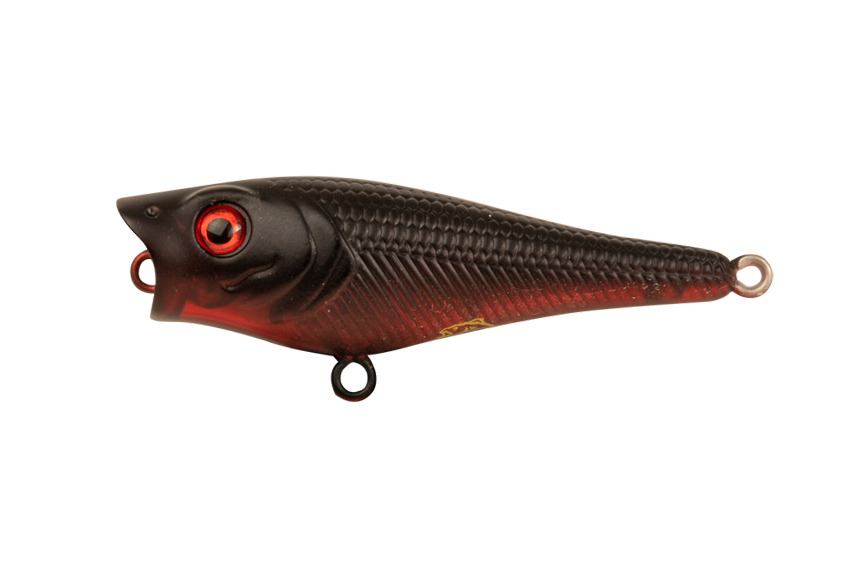
MAVERICK

ORANGE TIGER
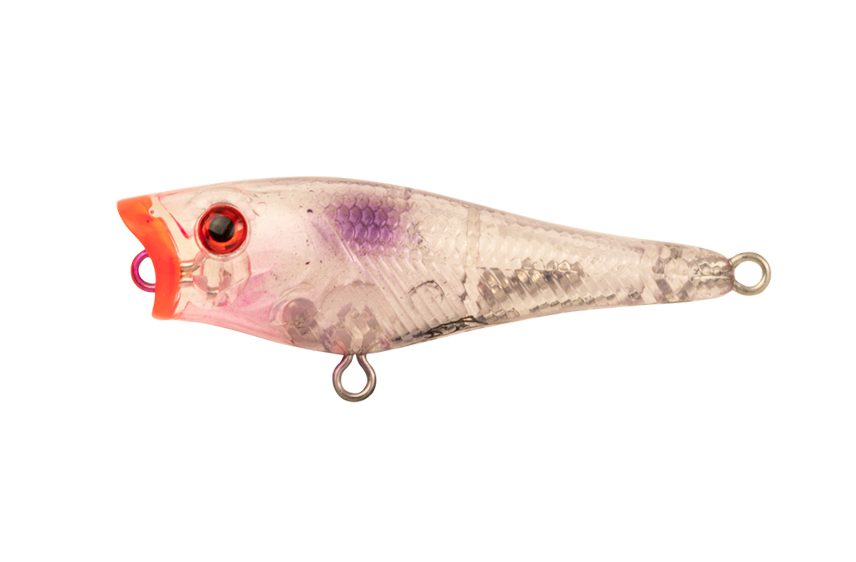
PINK ICE
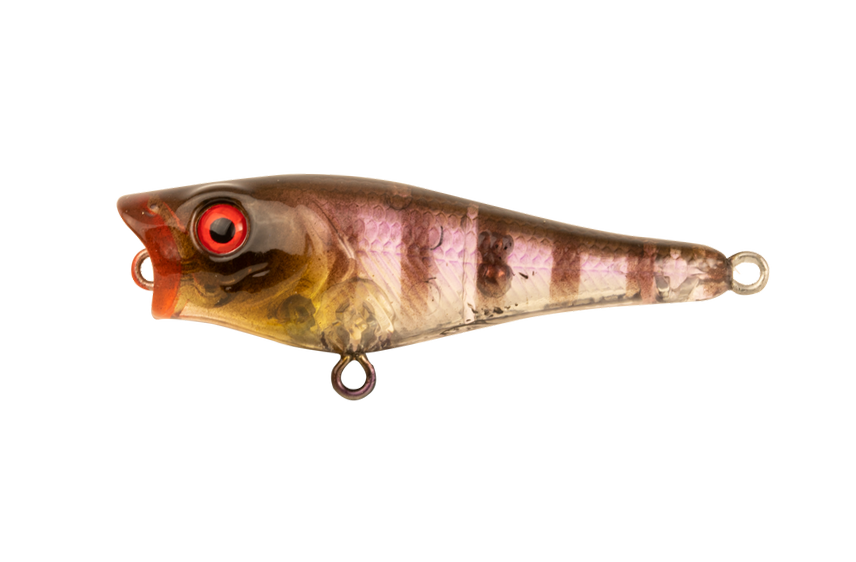
STEALTH GILL

AYU PEARL

BROOK TROUT
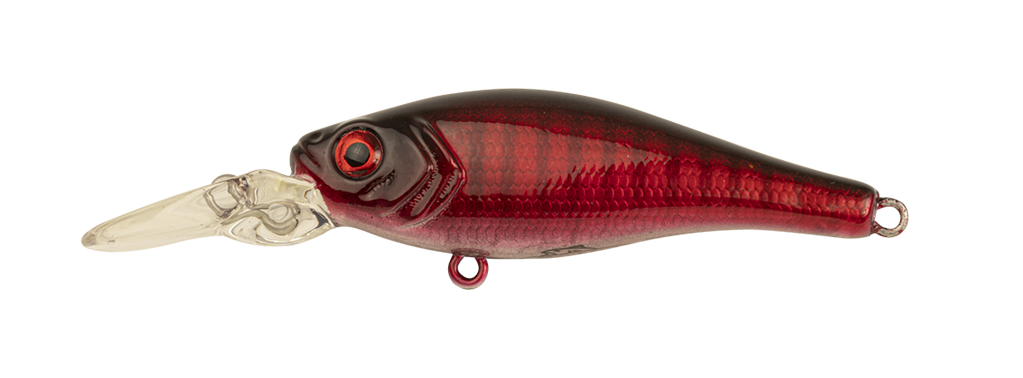
CANDY APPLE

FIRE TIGER
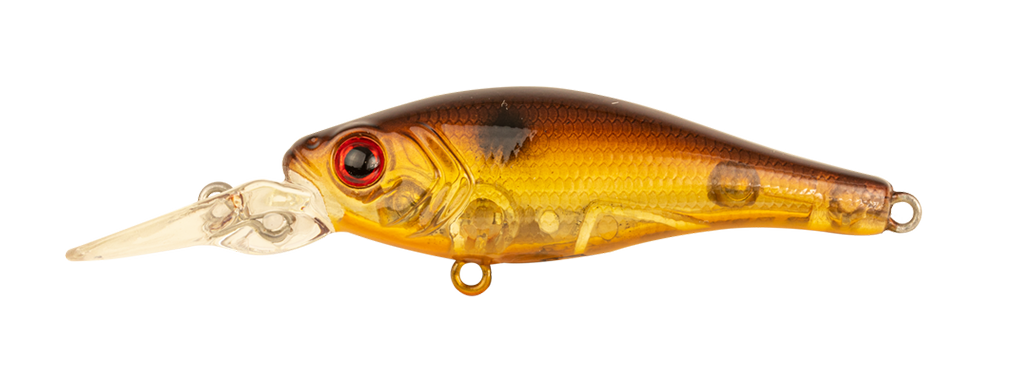
KELPIE
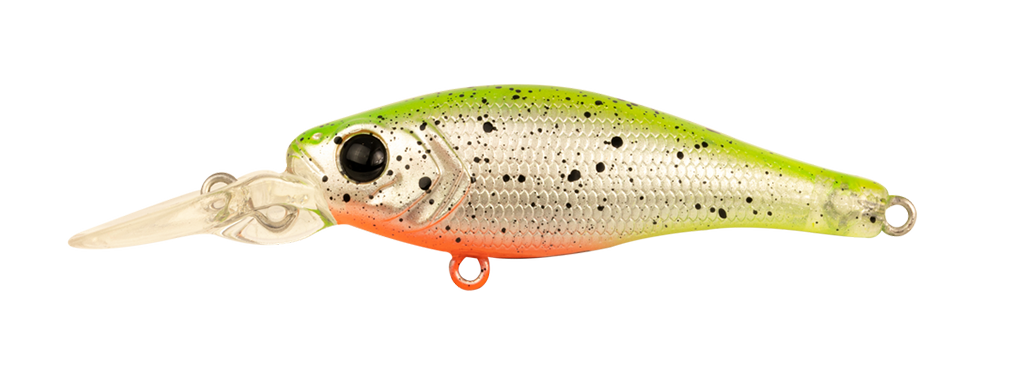
LIME TIGER PEARL
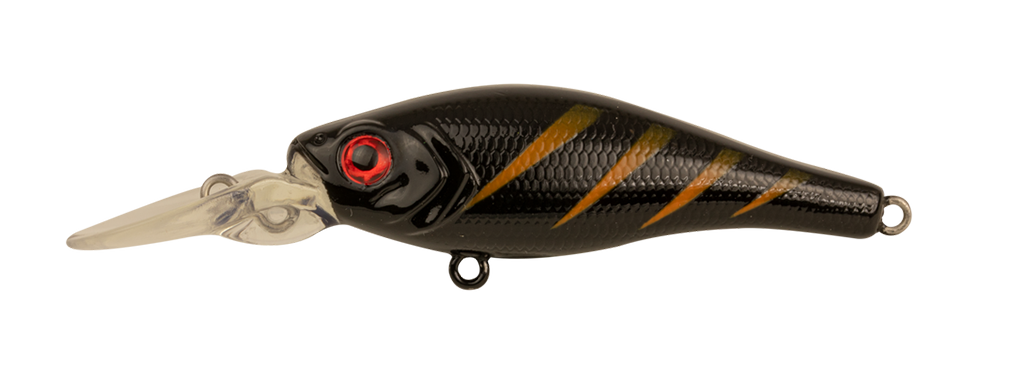
MIDNIGHT TIGER
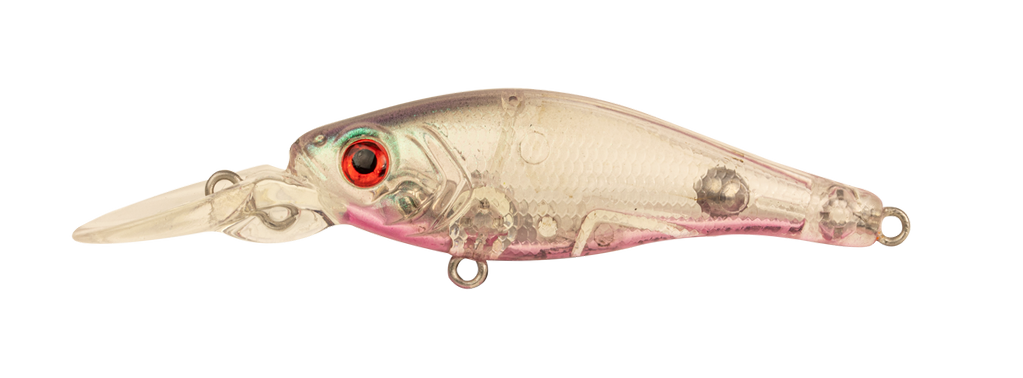
PINK GHOST
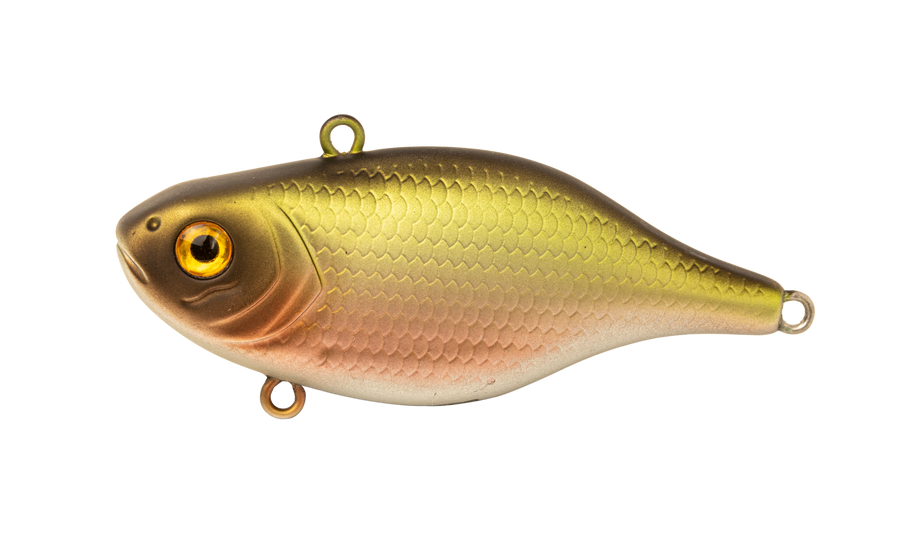
EMERALD SHINER

GOLDEN TICKET

IVORY PEARL
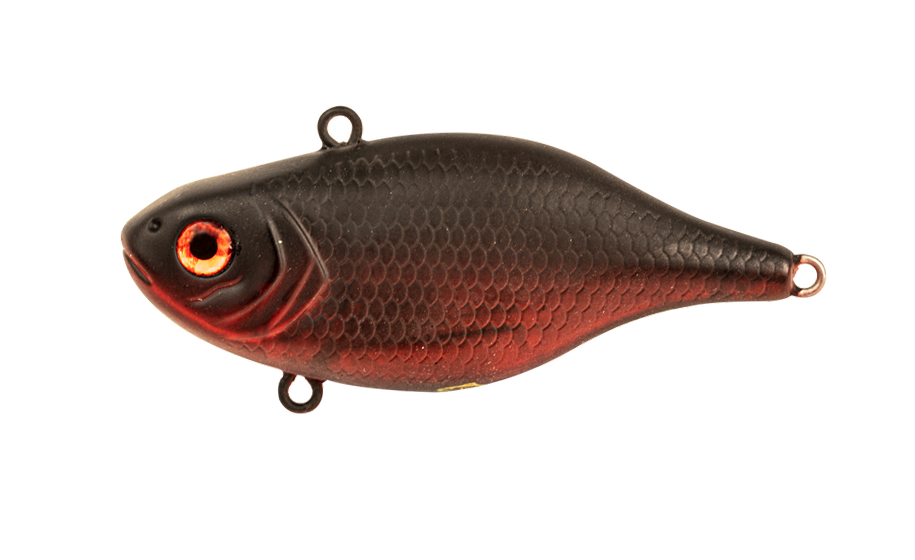
MAVERICK

MOSS SHAD

OLIVE GILL
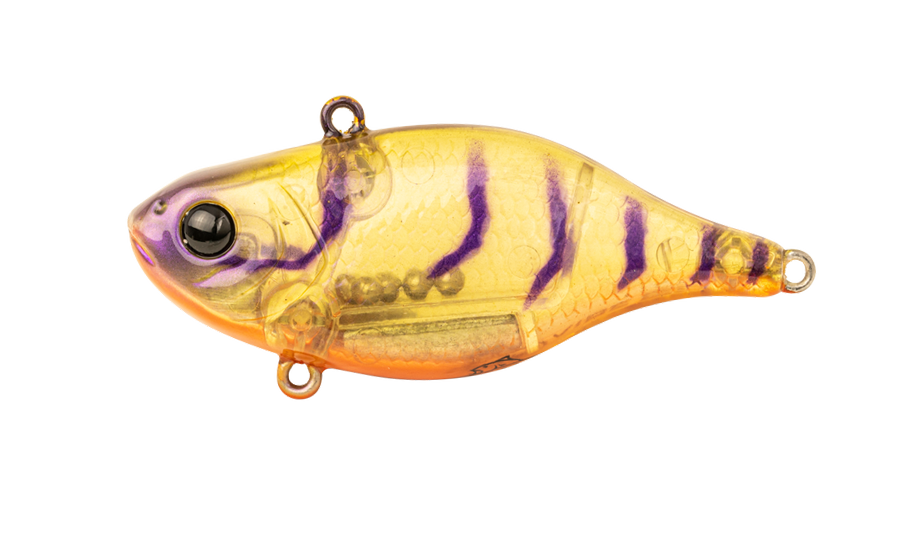
PERCH

WATERMELON
